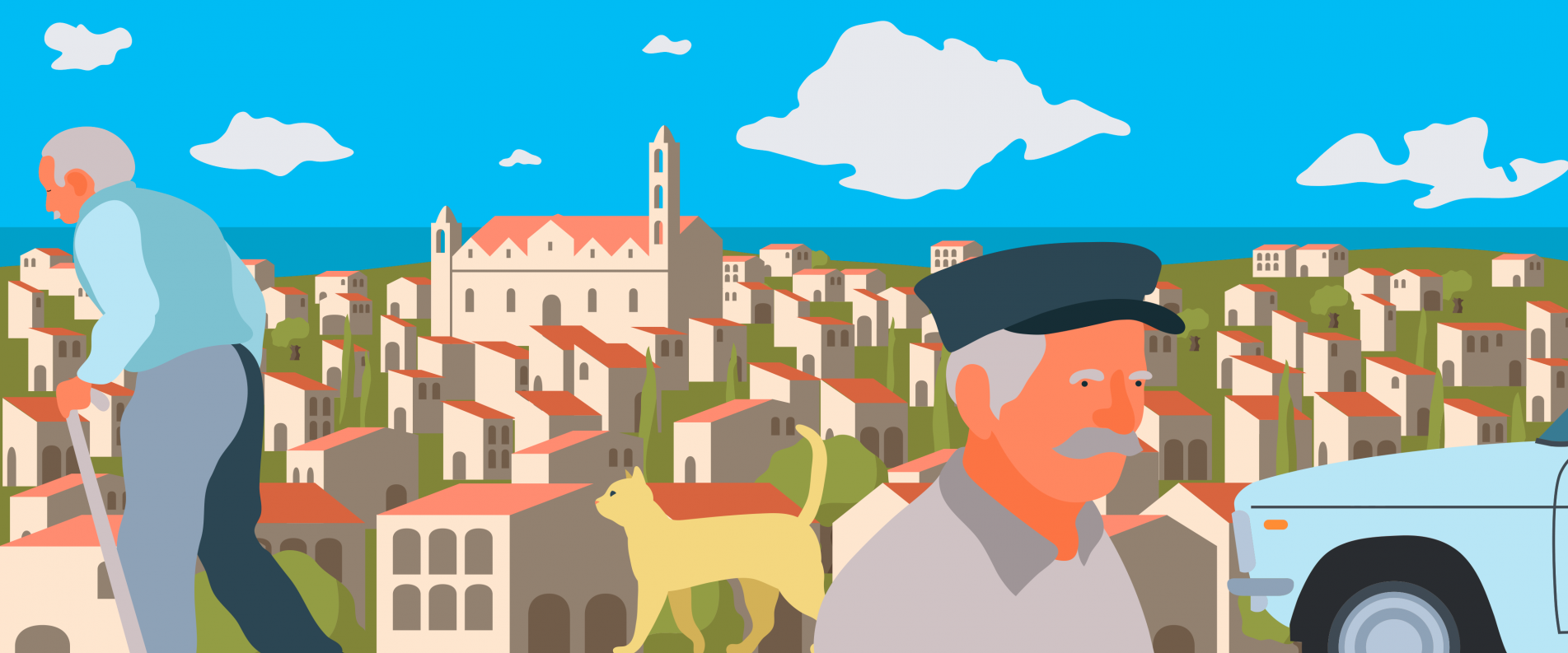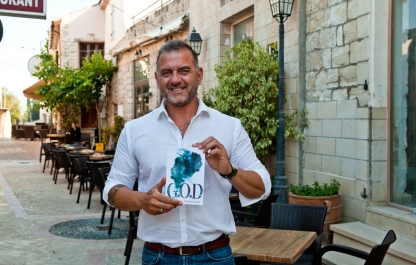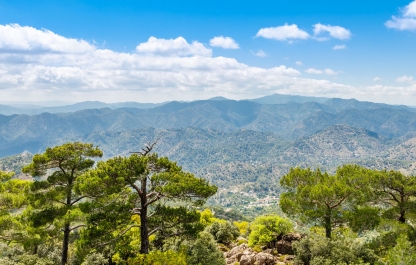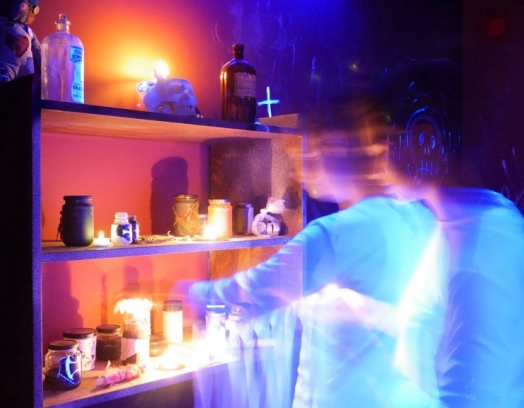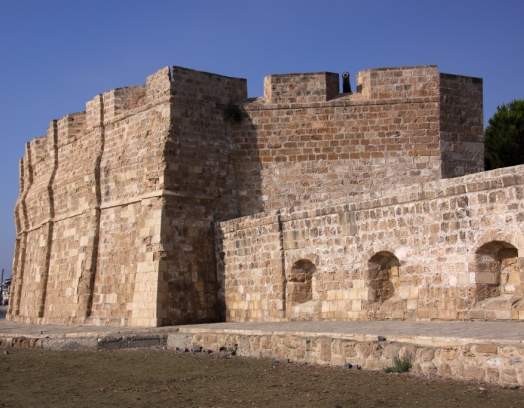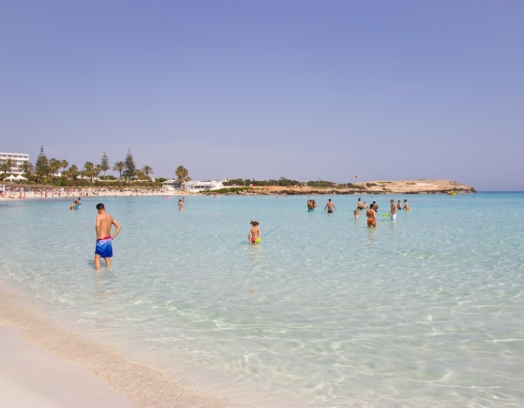Is it not your first time in Cyprus? Have you already visited (and maybe not even once) all the major touristic sites on the island and are seeking for less mainstream adventures? Does vacation mean visiting scenic places full of local charm, to you? If so, our review of 5 Cypriot villages that are less famous than Omodos and Lefkara (you probably see these names in almost every article on our website), but not at all less special and worth paying attention to, is just what you need.
1
Droushia village
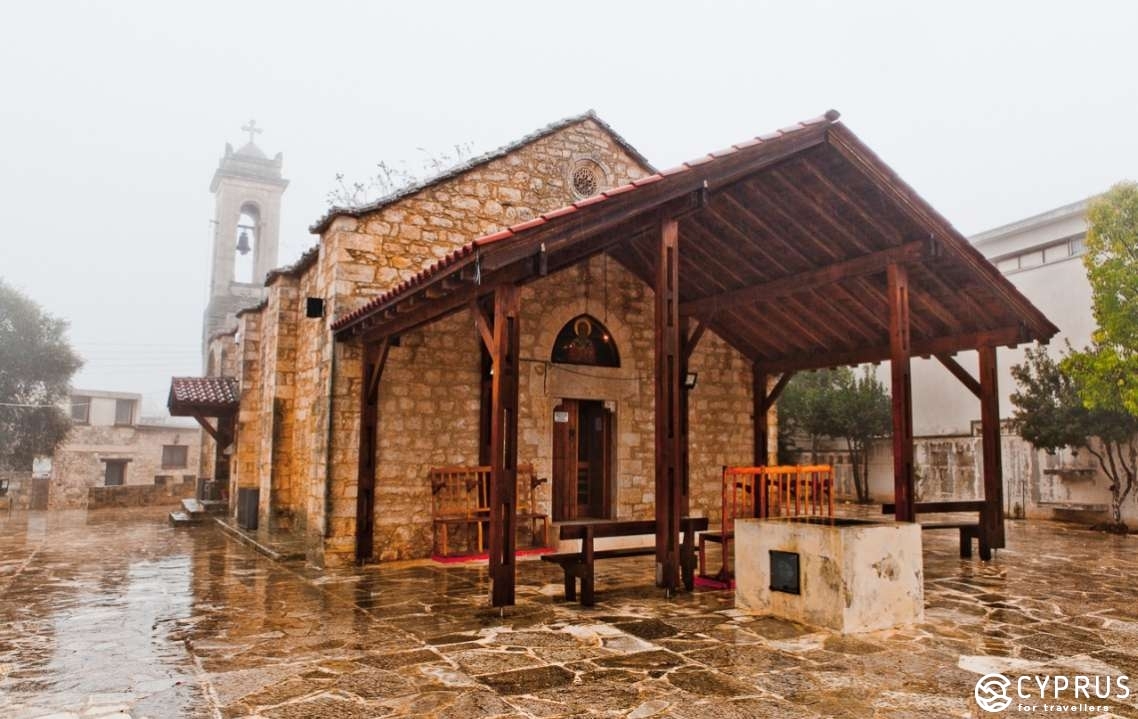
Droushia village, which is located at the highest point of the Laona valley in 30 kilometers from Paphos, has a population of about 450 residents. Here one can find everything that makes a Cypriot village a popular destination for thousands of tourists every year: traditional stonebuilt houses with carved wooden doors and windows, cozy cafes and taverns where conversations with locals accompanied by a cup of coffee or a glass of wine go so smooth, a small weaving museum, a church of Agios Epifanios, and even a cheese factory which produces and sells delicious goat milk. The monastery of Agios Georgios Nikoxilitis founded in the 15th century (the monastery was renovated in 1923) is located 3 kilometers from the village.
Droushia is a perfect place for those who value nature and outdoor activities. People come here to bike around, watch wild birds, and make photographs of an incredible, even for Cyprus, landscape: green hills and rocks overlooking the sea. Chilly winds from Akamas make the village especially attractive in hot summer months.
2
Fikardou village
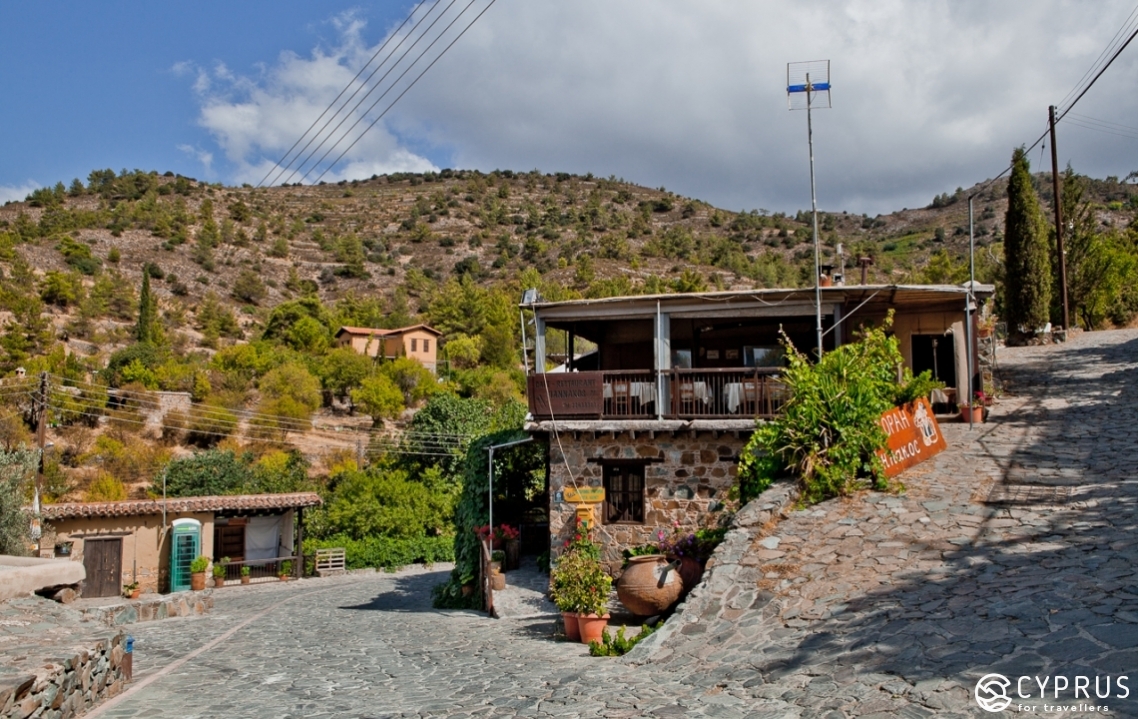
Fikardou village can be found in southeast Troodos, 900 meters above the sea level. Nowadays the mountain village with just several residents is turned into a unique open-air ethnographic museum.
The Department of Antiquity started the restoration of an almost completely abandoned village in 1978. It has been doing a great job keeping the historical appearance of the village — its small stonebuilt houses with low tiled roofs and narrow cobbled streets — in a perfect shape.
There is an estate museum on the territory of Fikardou, where tourists can explore an interior of a traditional weaving workshop or of a living room. A tavern and hotel are open to the visitors.
3
Kato Drys Village
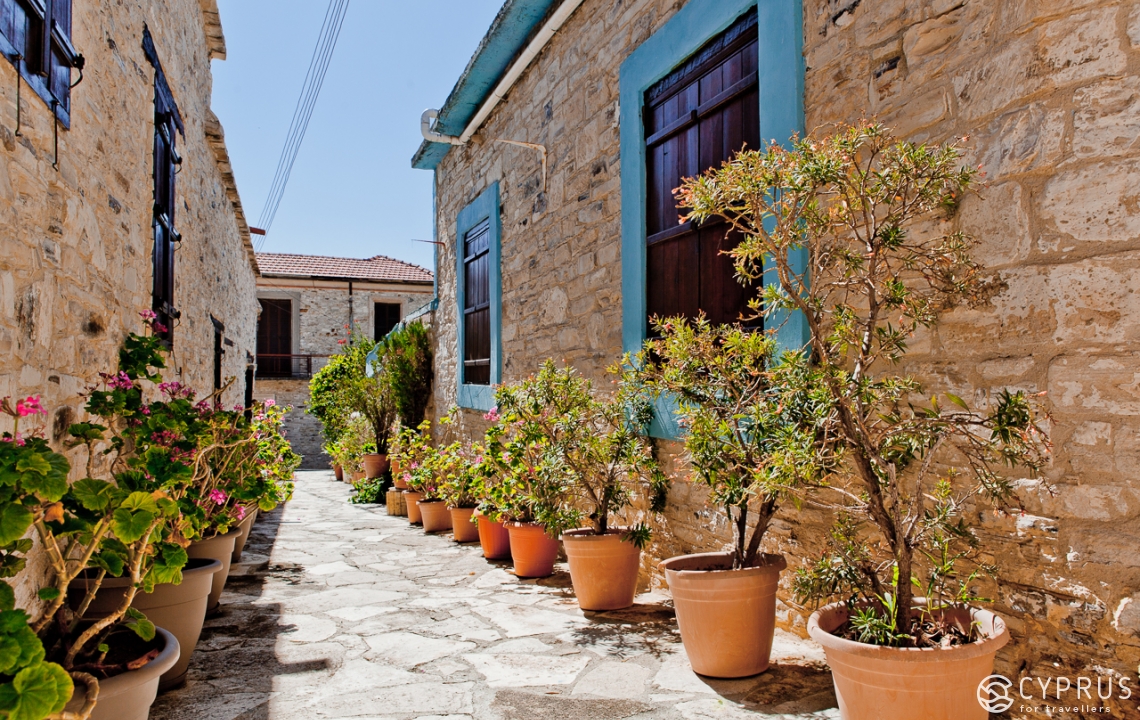
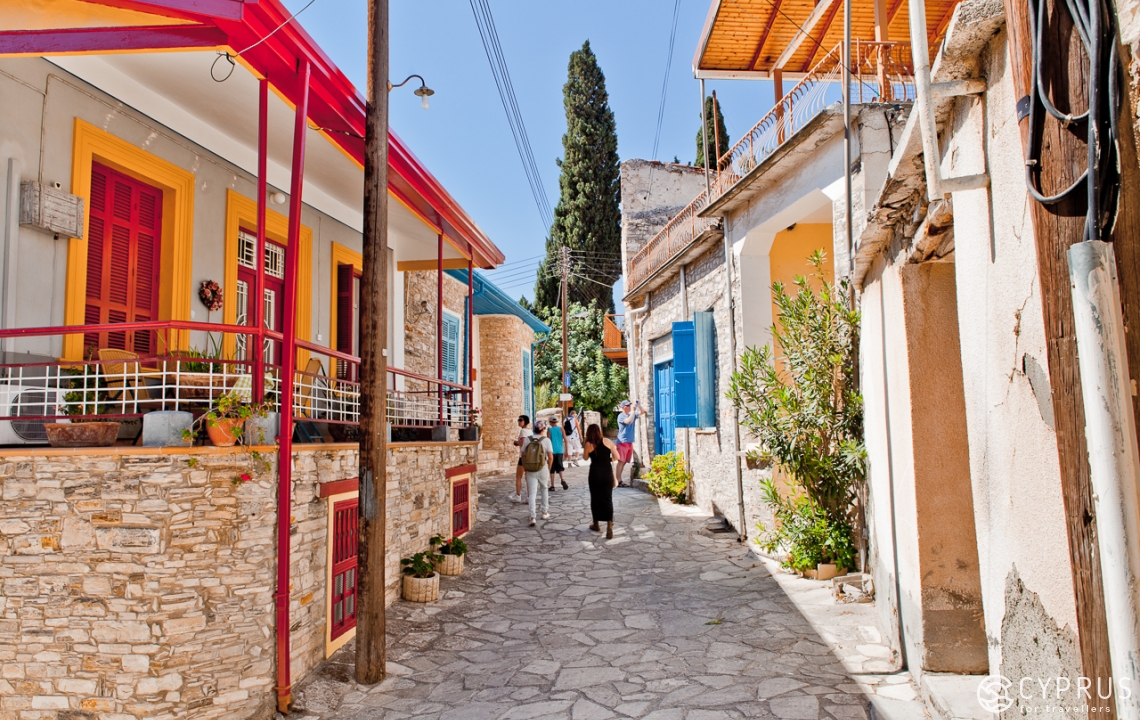
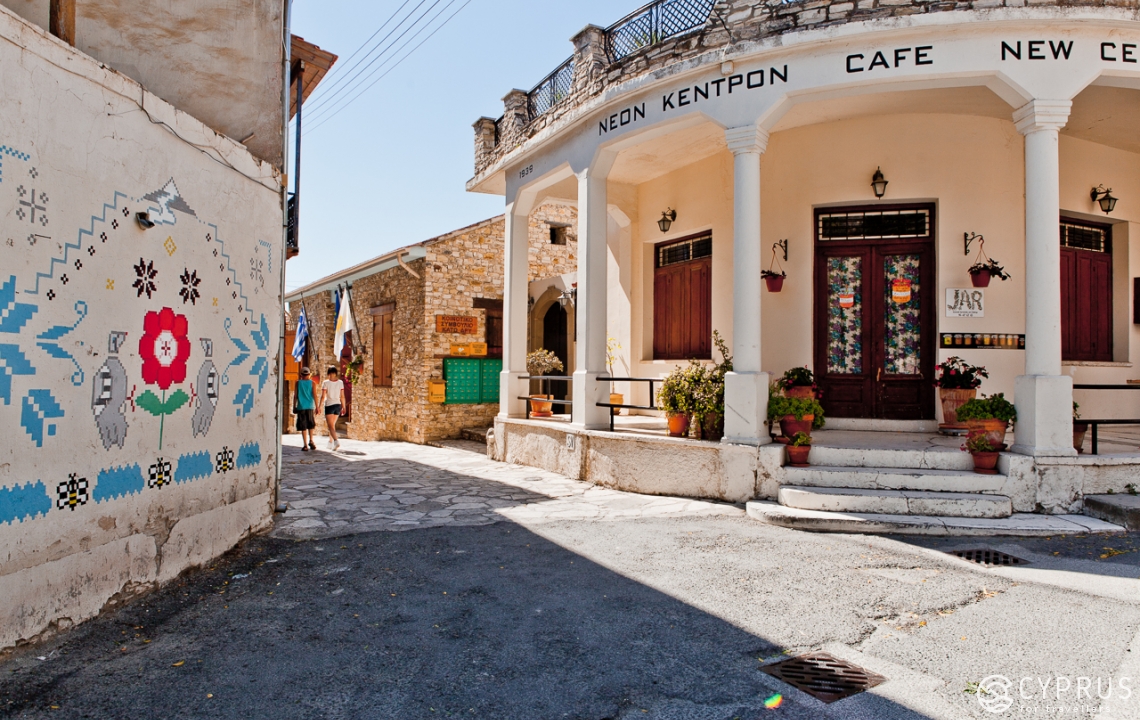
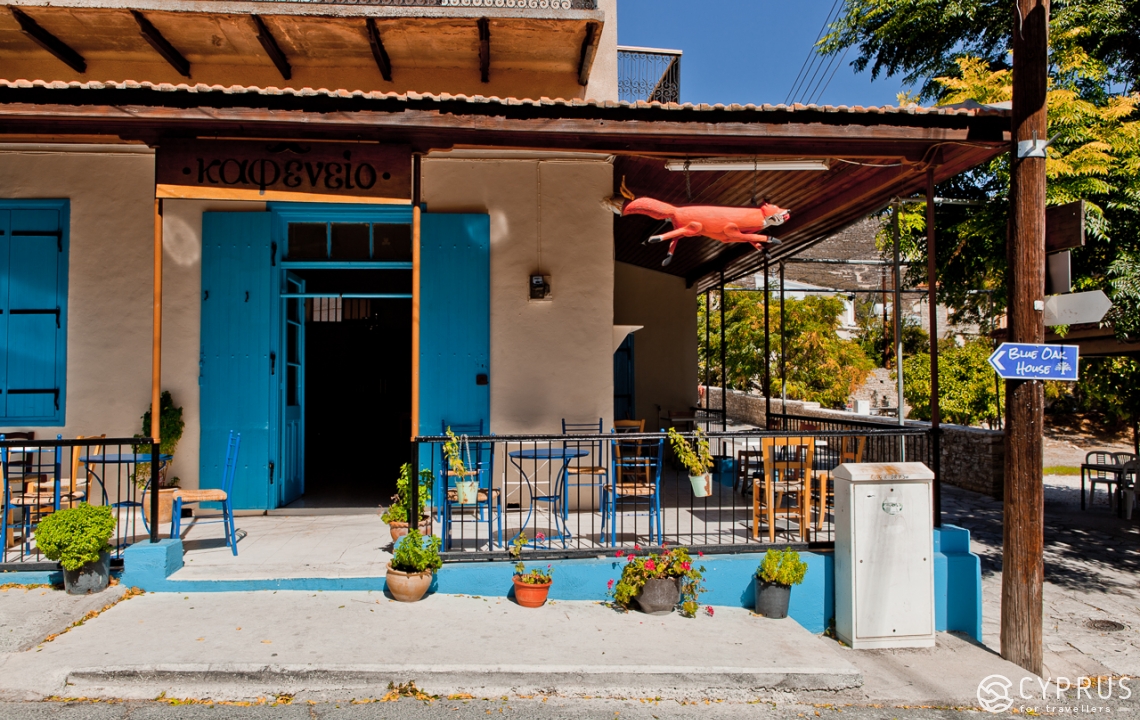
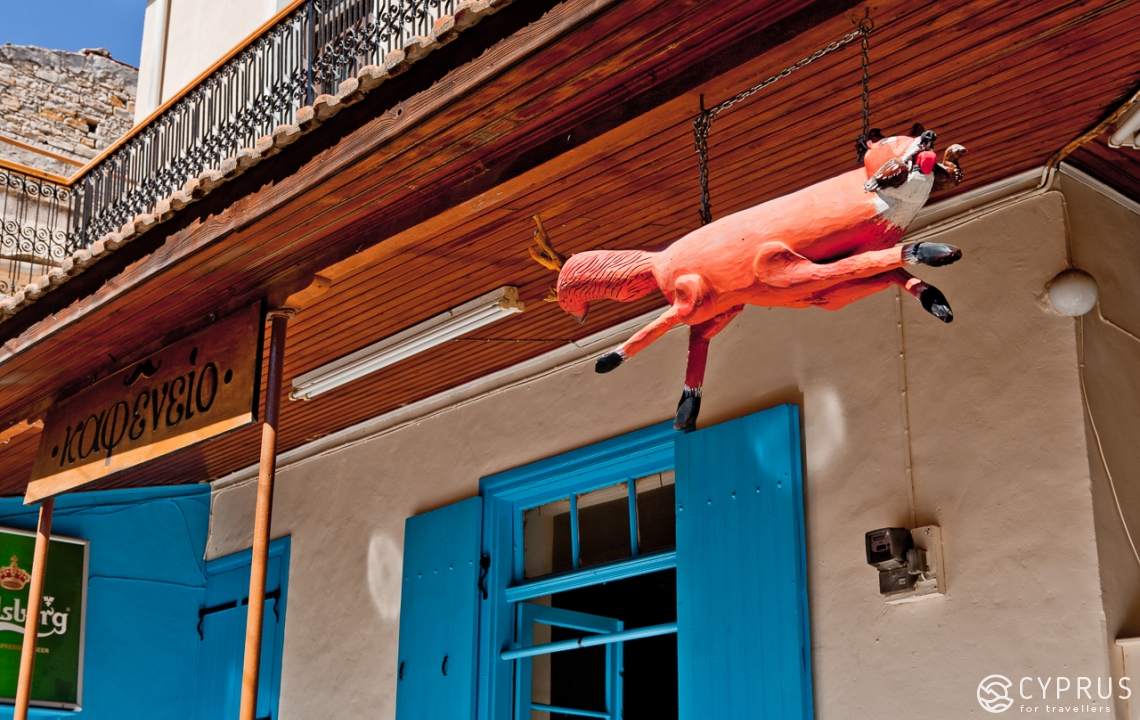
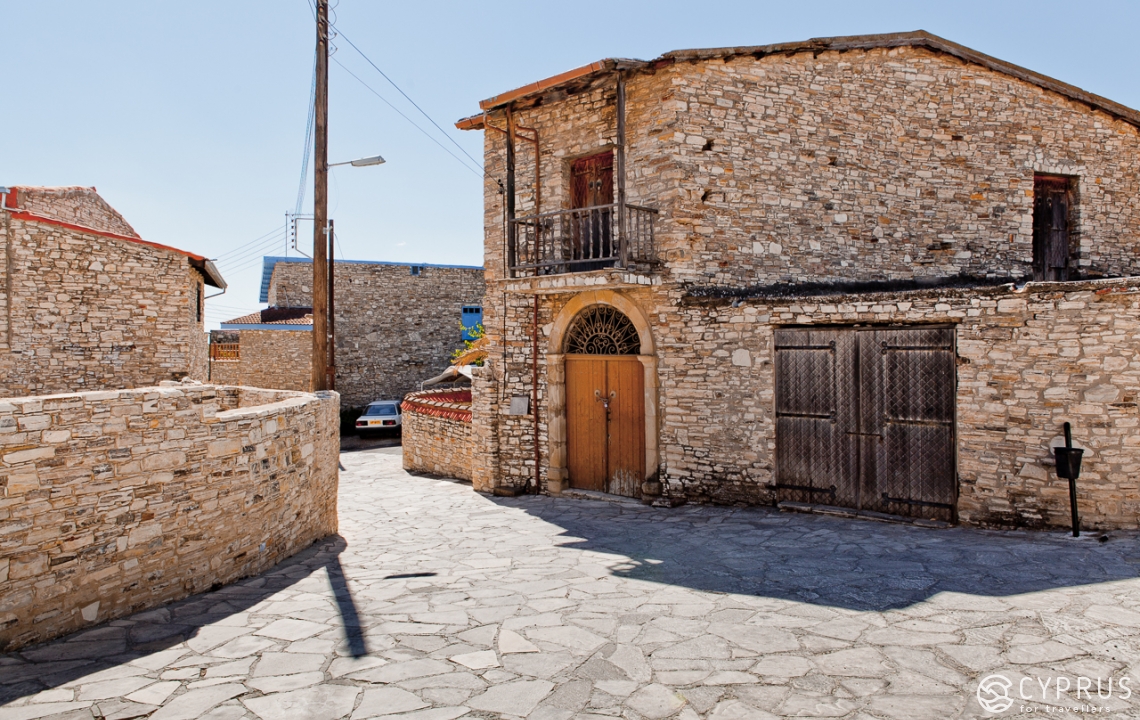
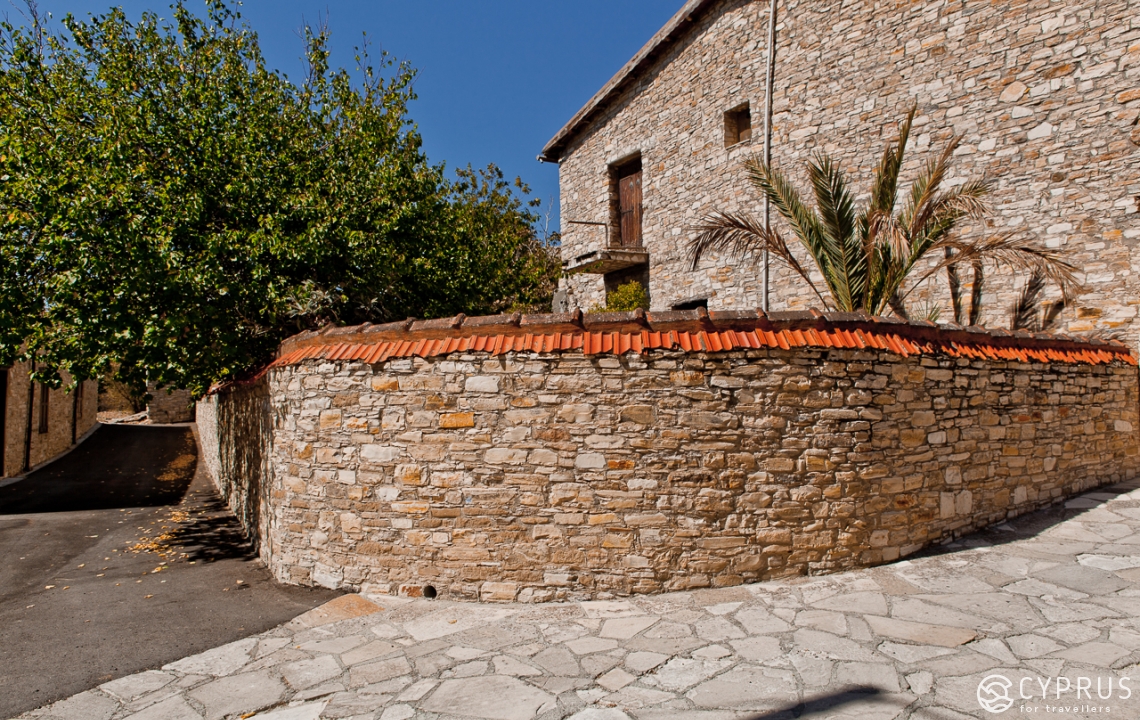
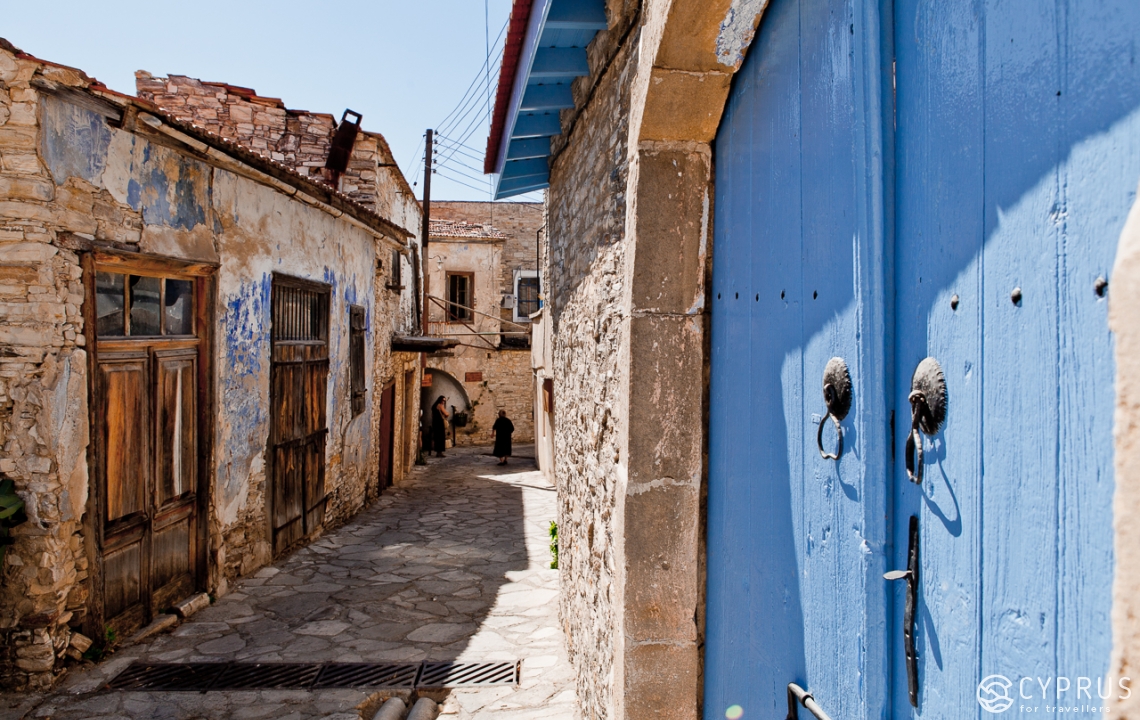
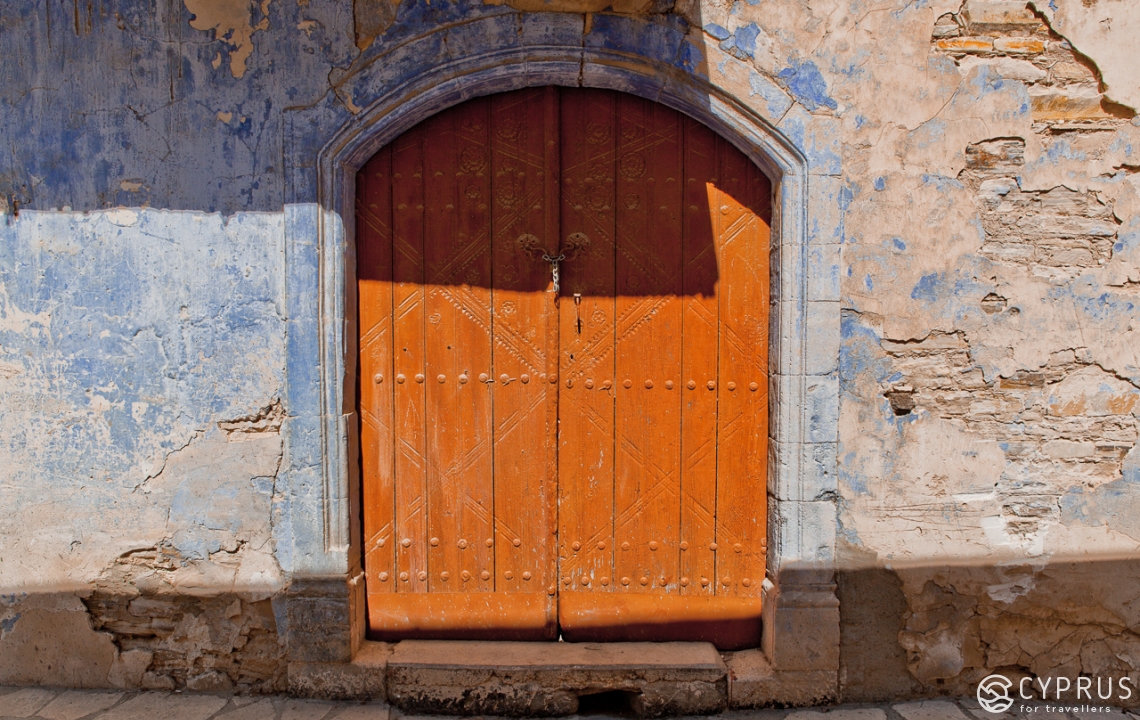
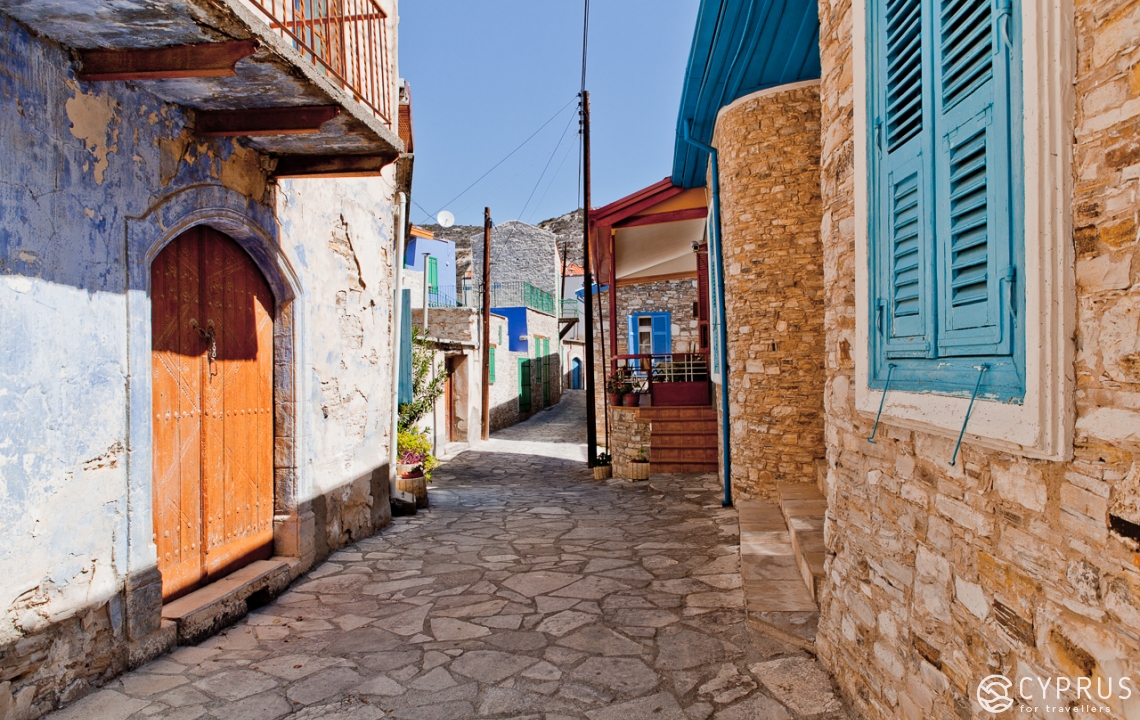
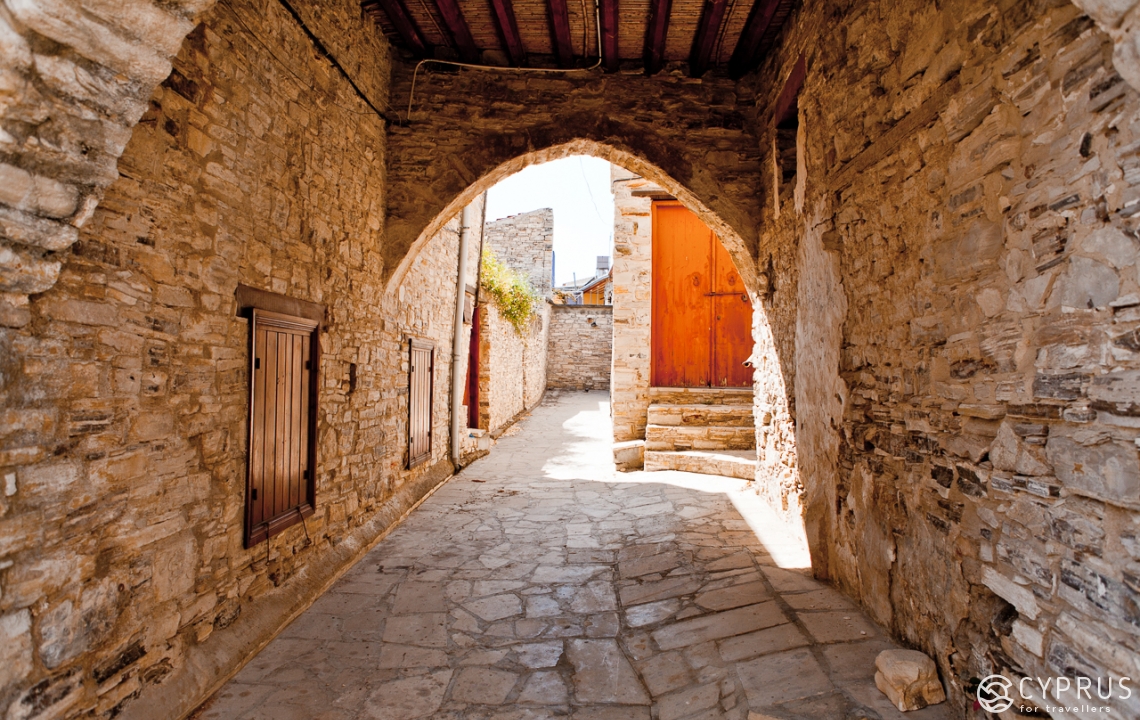
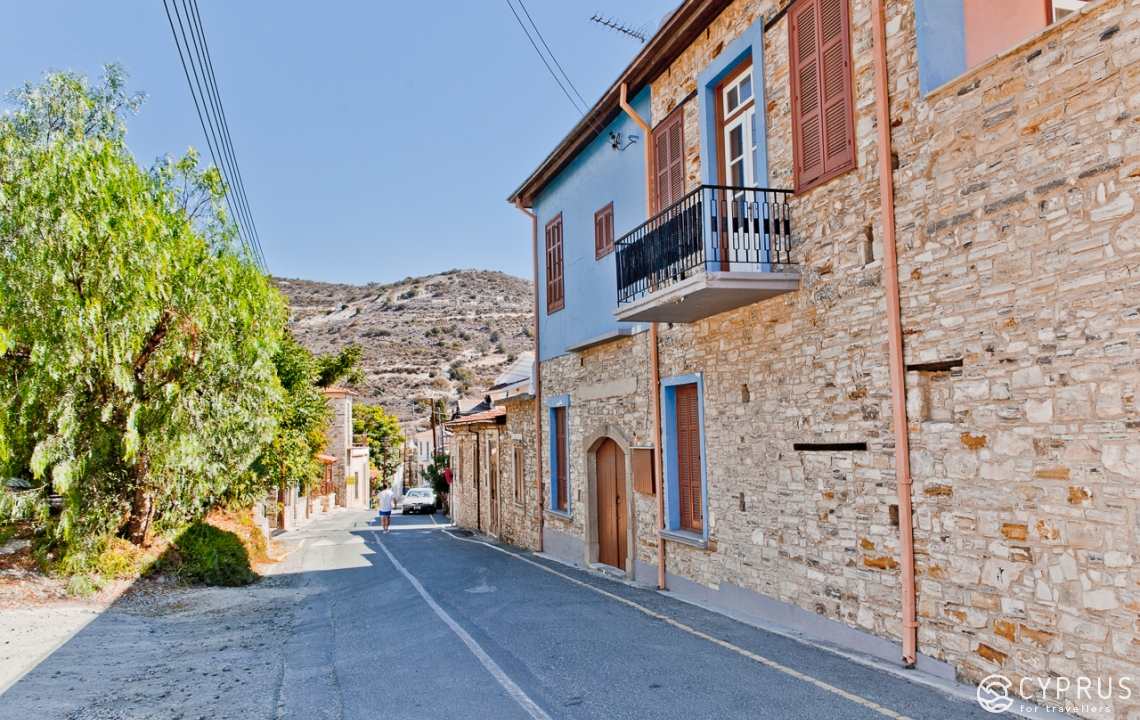
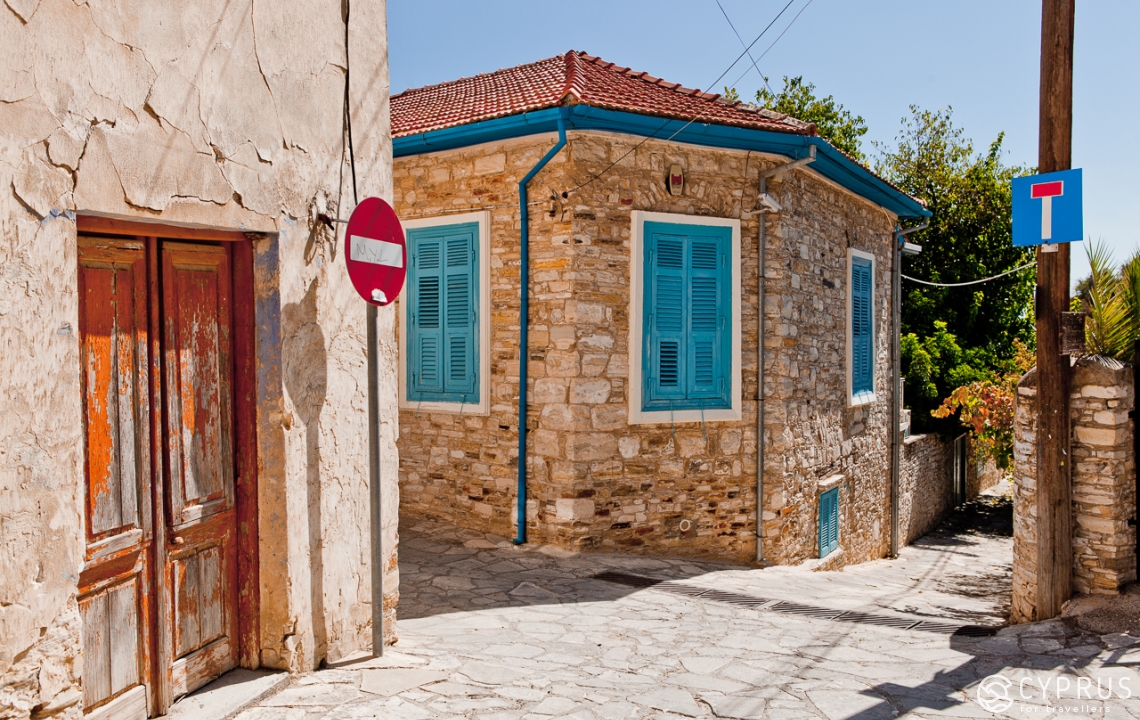
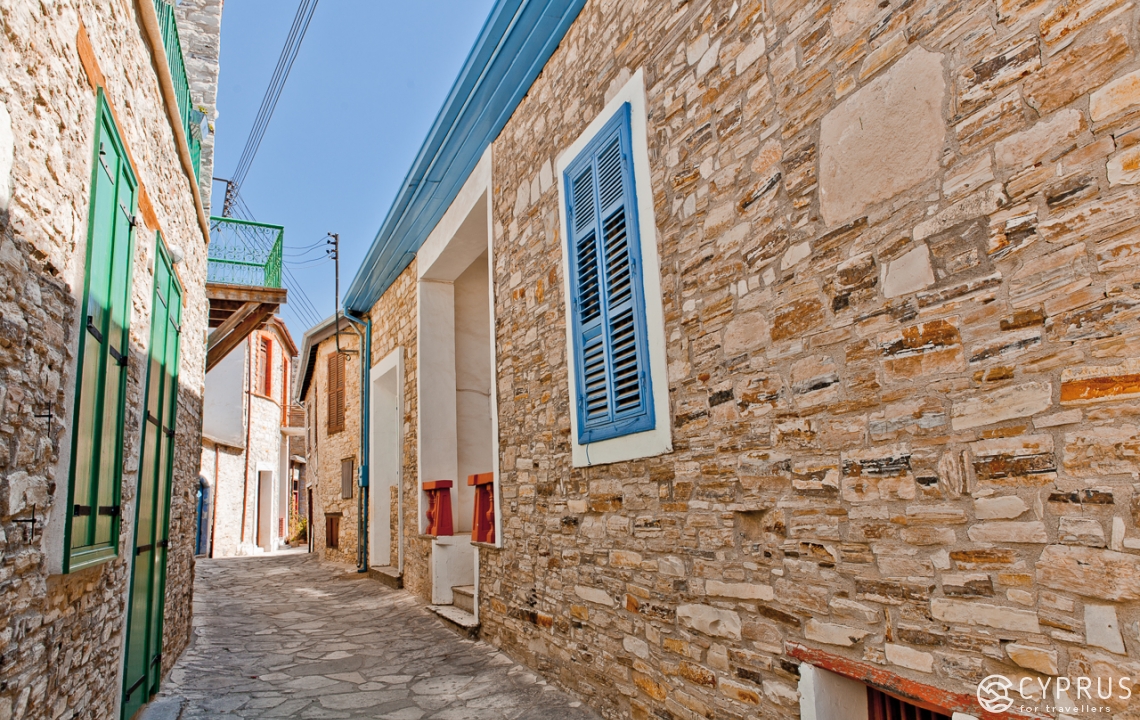
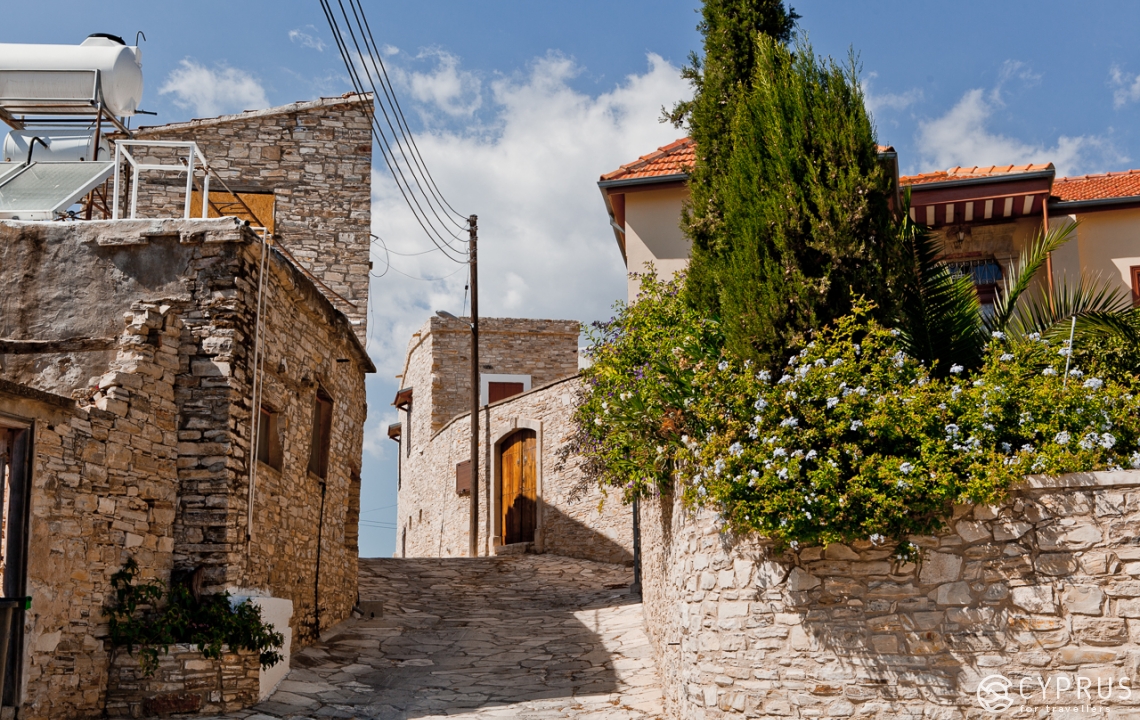
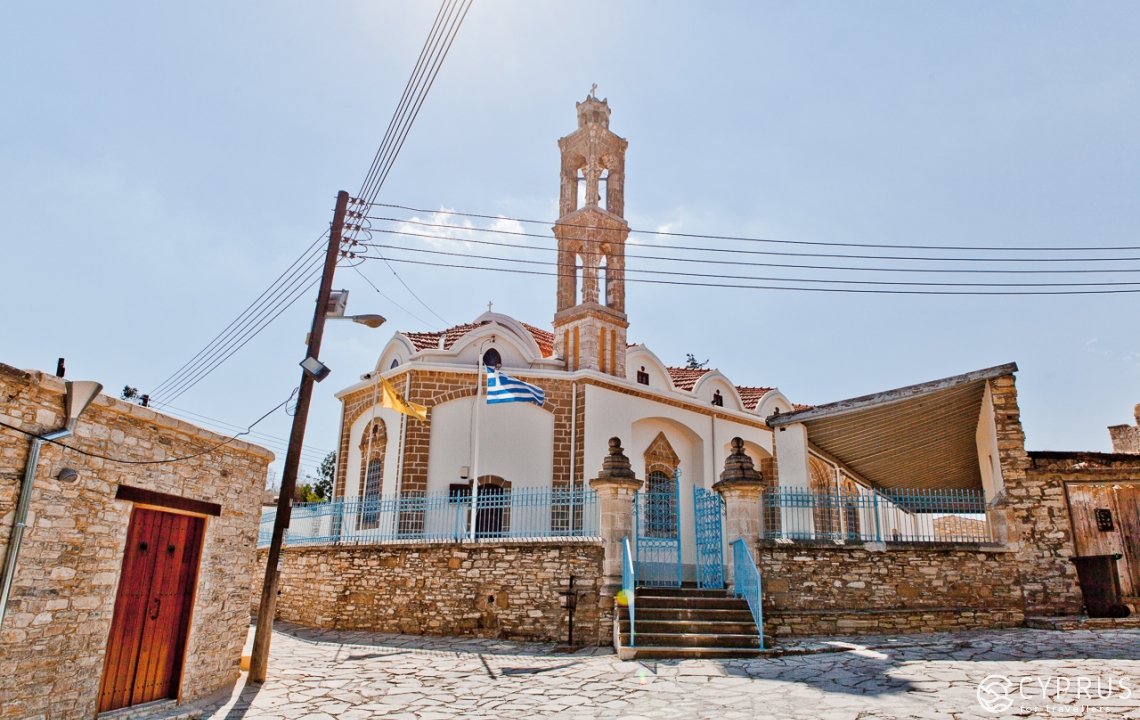
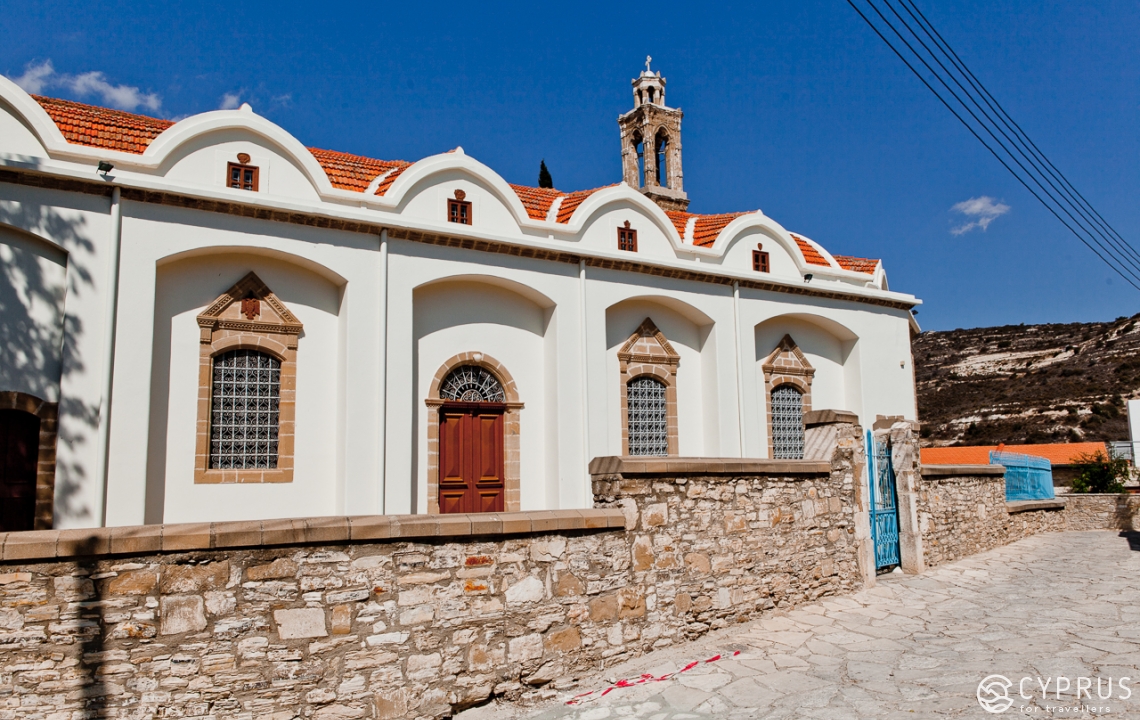
Kato Drys village is located in Lefkara region, to the southwest from Larnaca. The village that is depicted on one pound bank notes has about 130 residents.
Give yourself a pleasure of getting lost in a labyrinth of narrow cobbled streets, having a coffee in one the cafes, and visiting a museum of traditional household: its exposition helps to build a better understanding of the history of a Cypriot village through exhibiting carved wooden furniture, original baking equipment, and an old hootch still.
There is another unusual museum in the village, hidden in a private house built in 1912. It is dedicated to beekeeping as it was in 19th-20th centuries, traditional household items and interiors proudly saved by the owners, and embroidery.
4
Kakopetria village
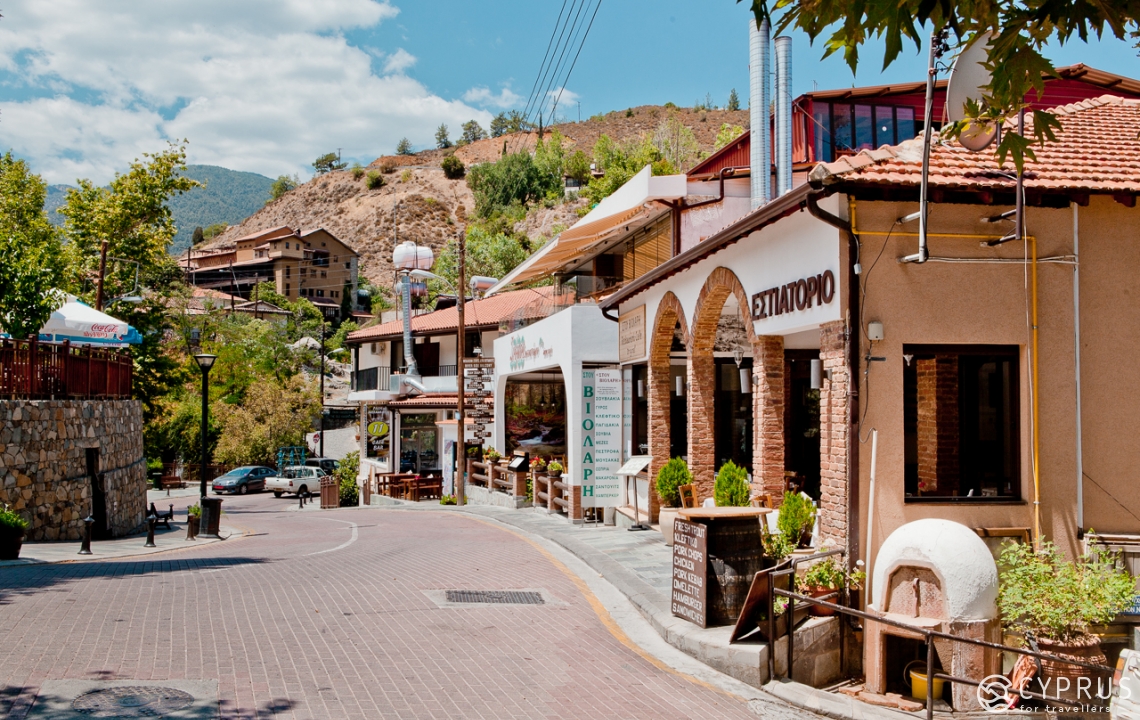
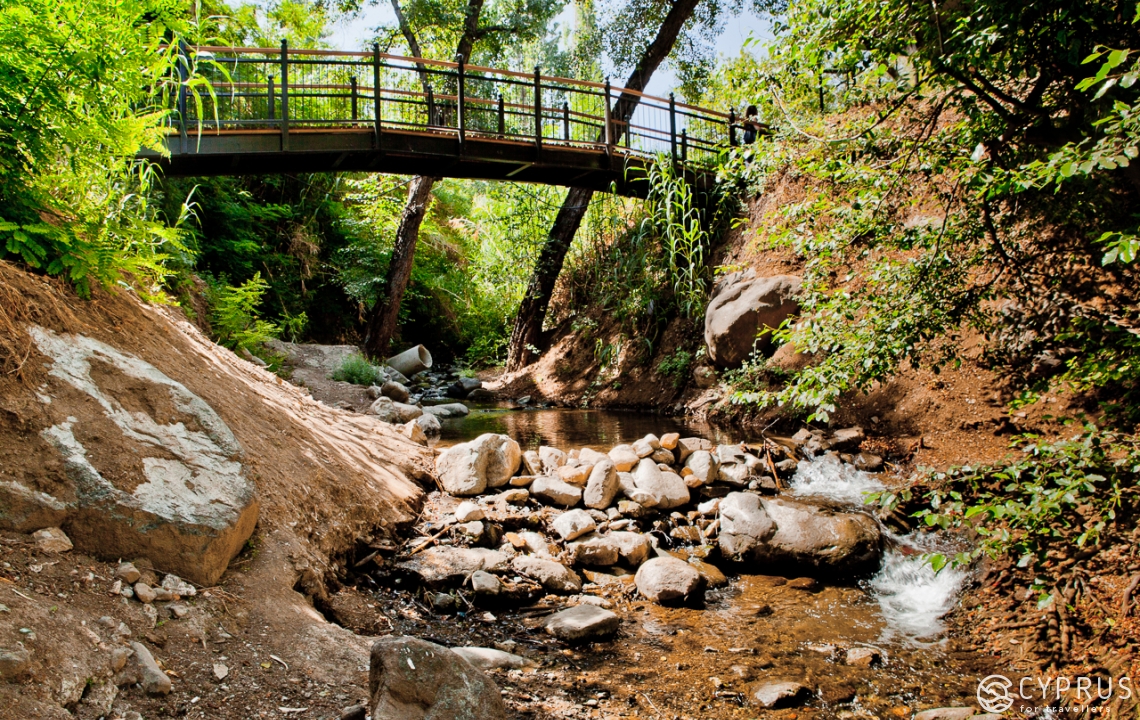
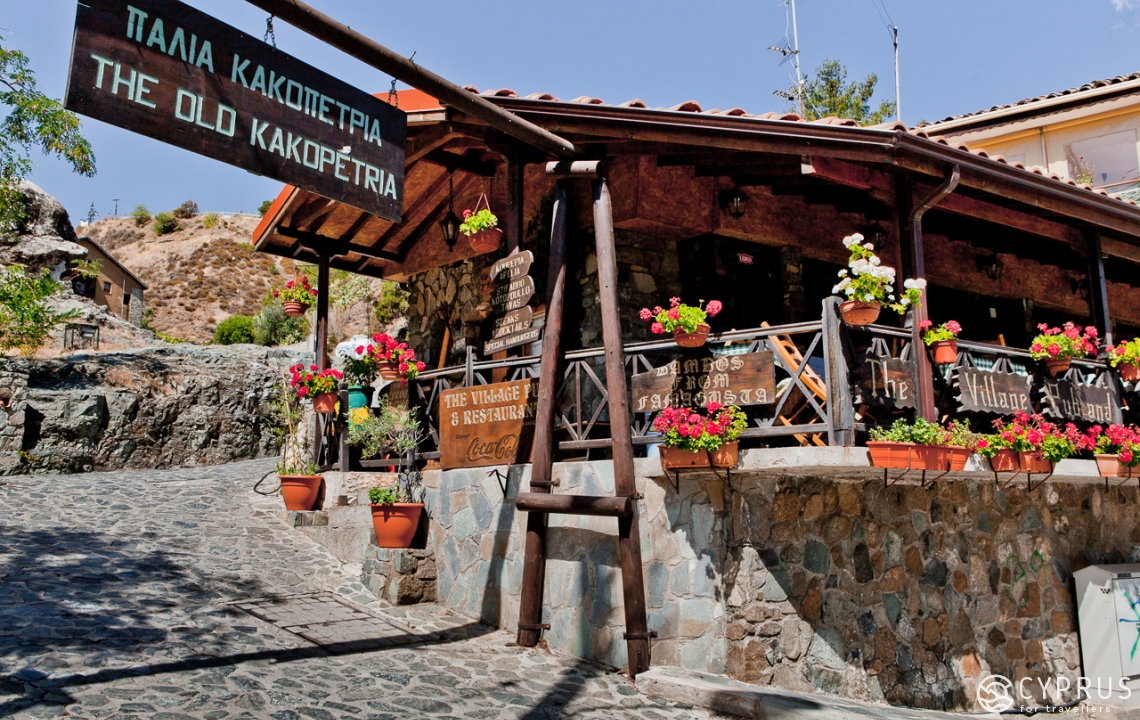
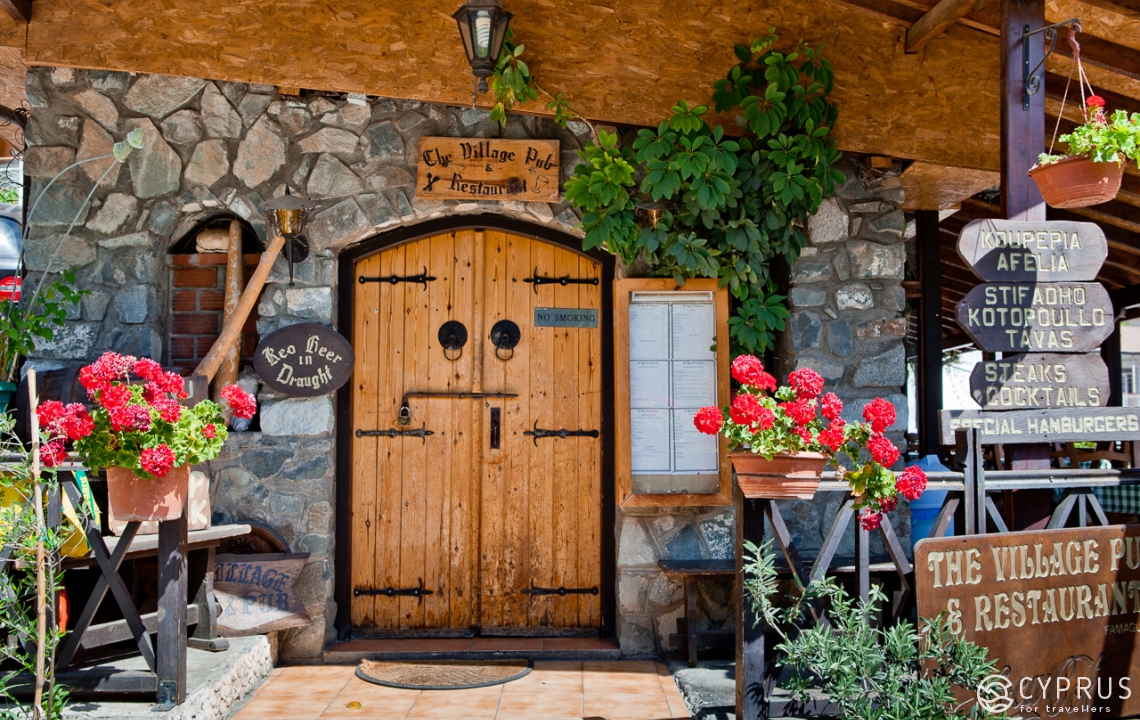
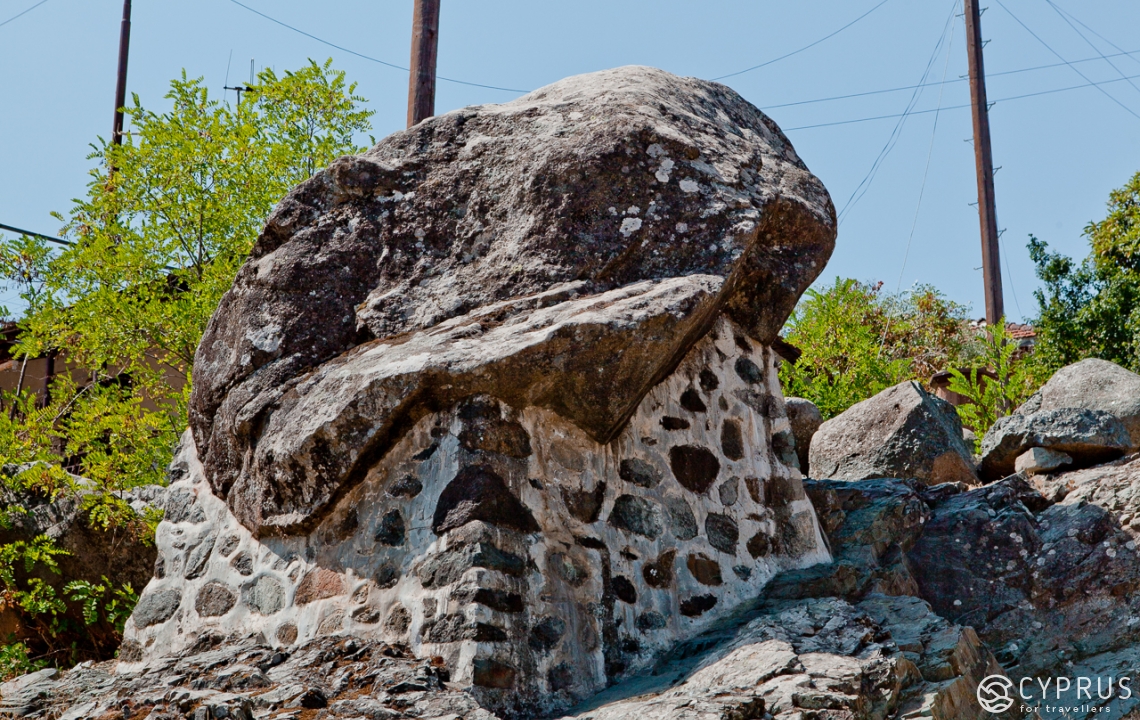
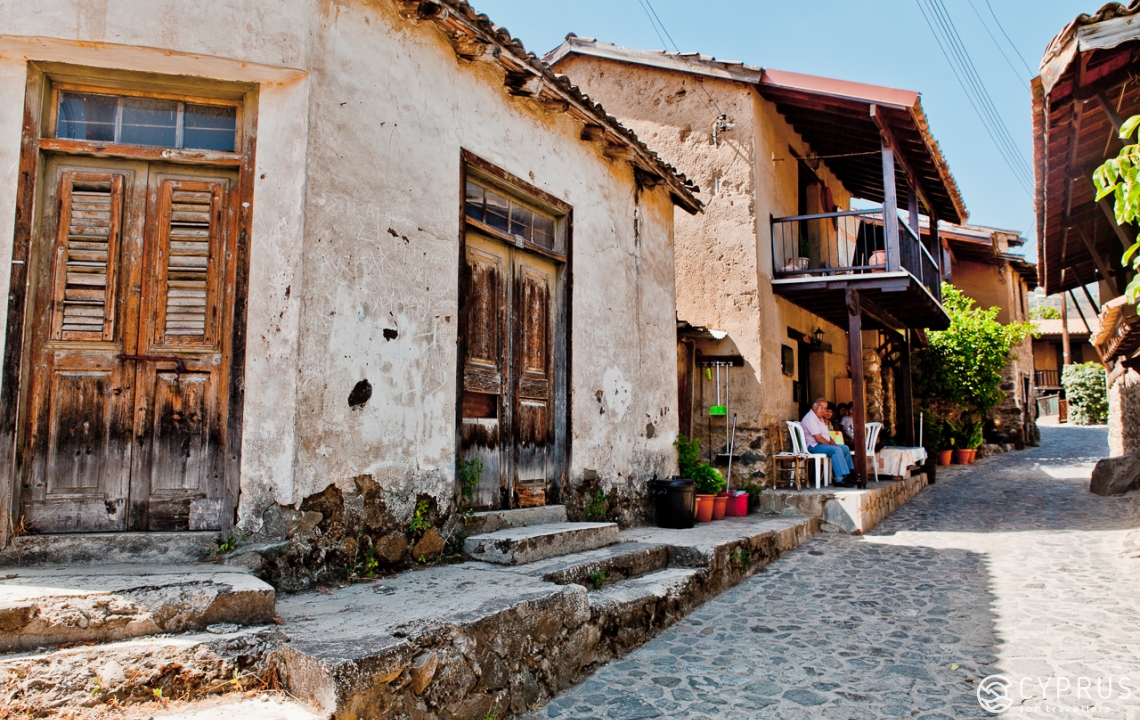

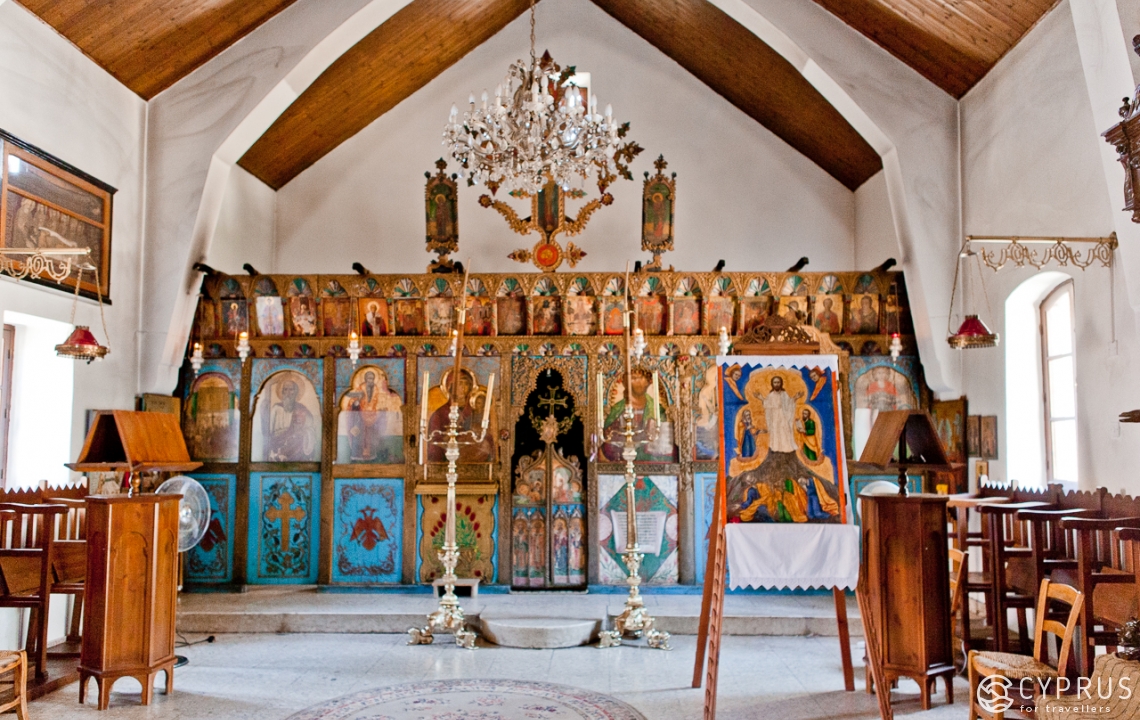
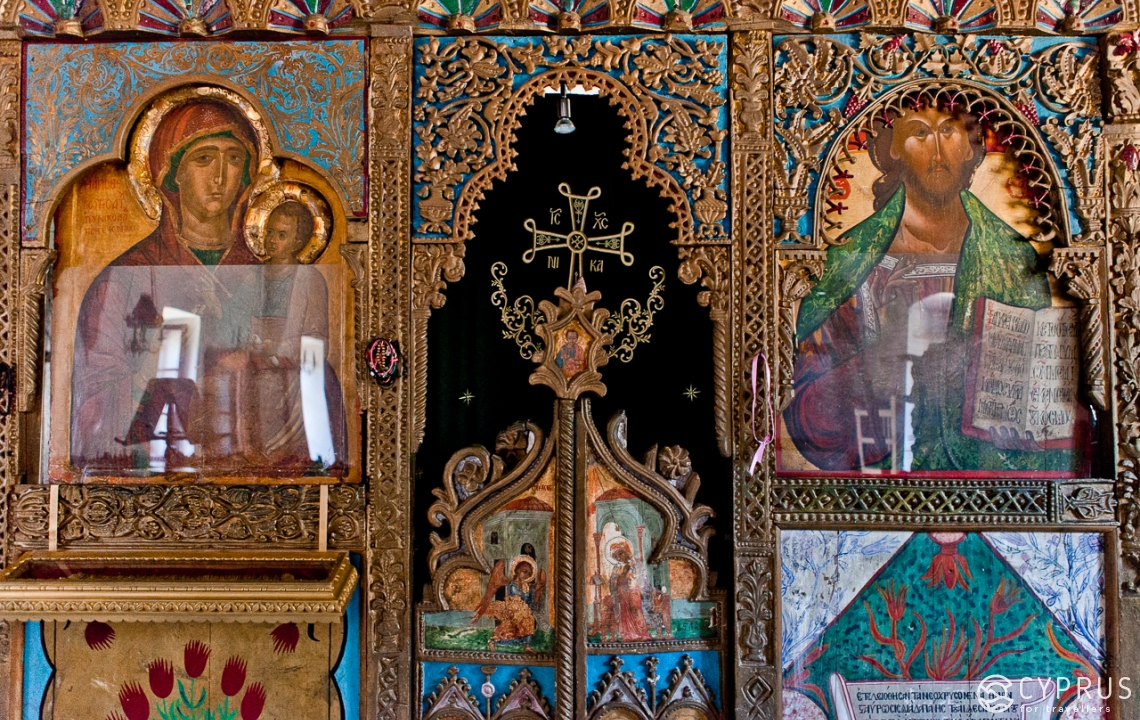
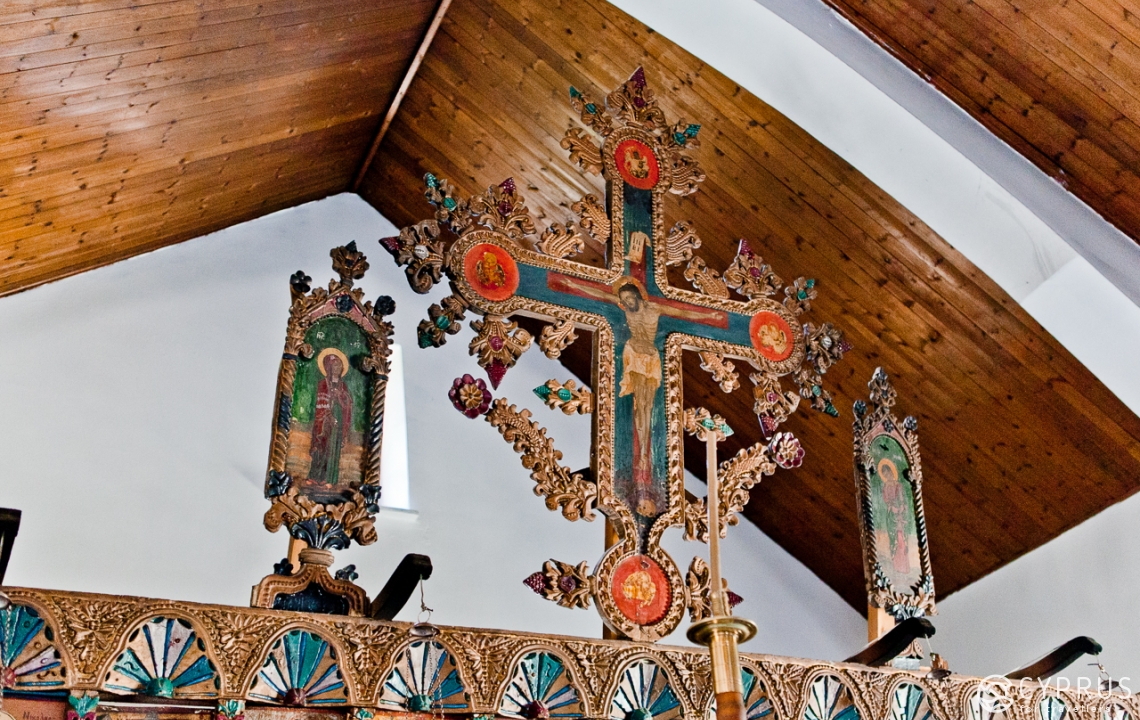
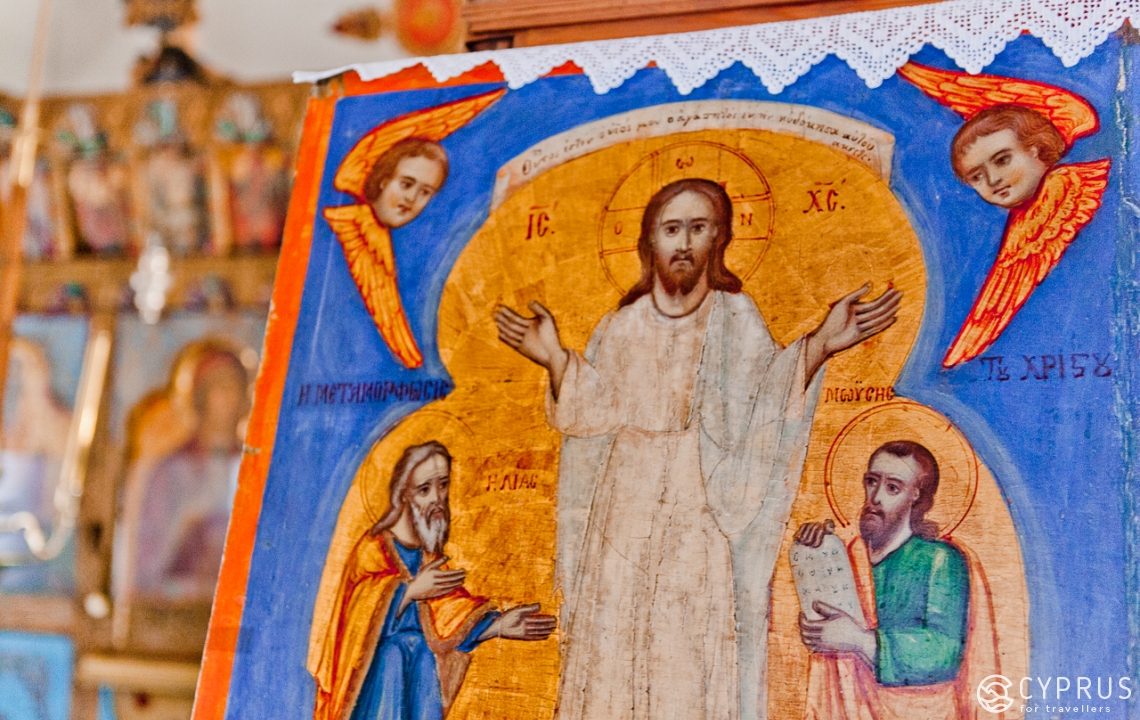
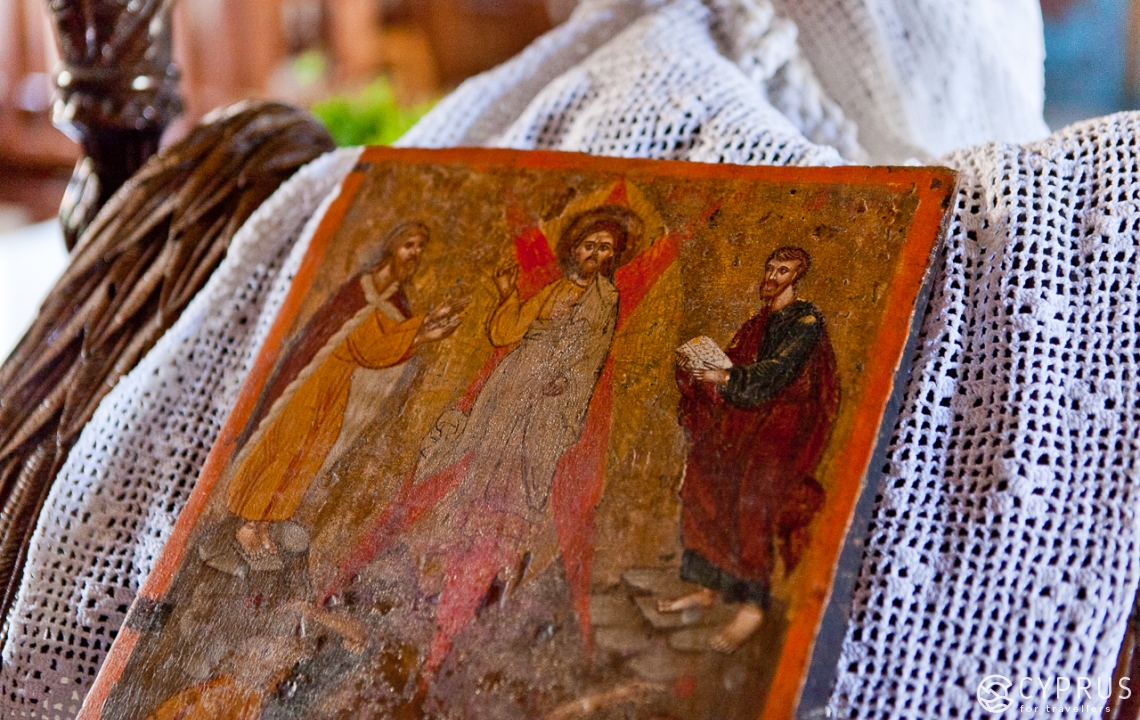
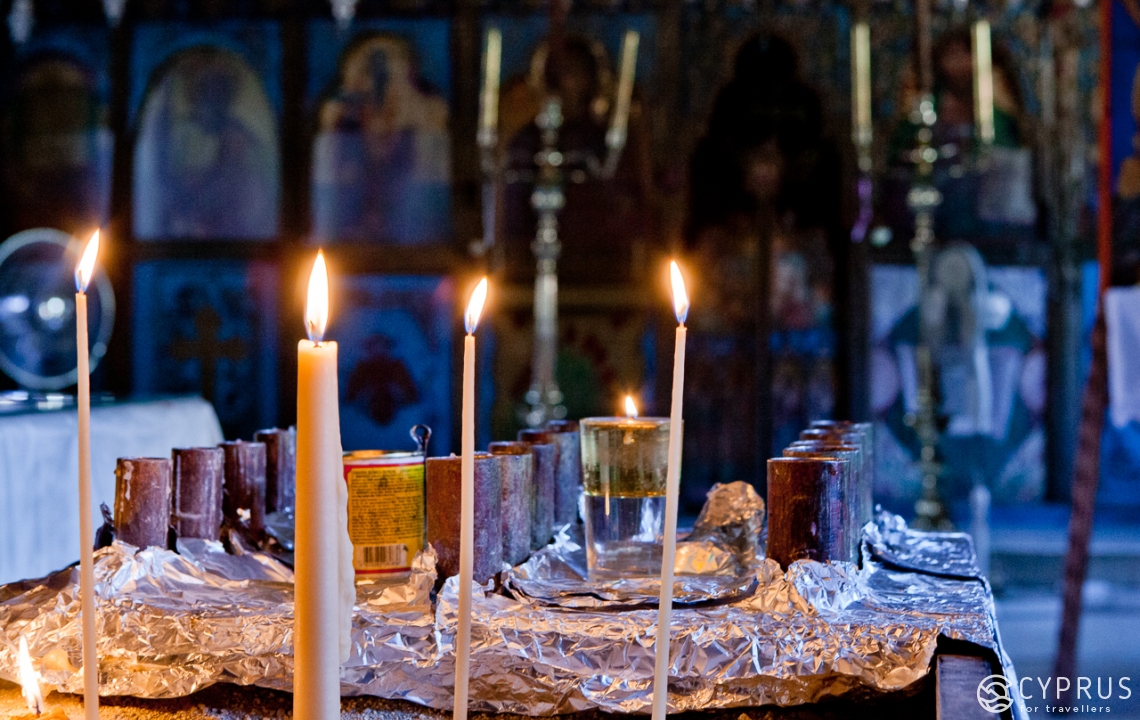
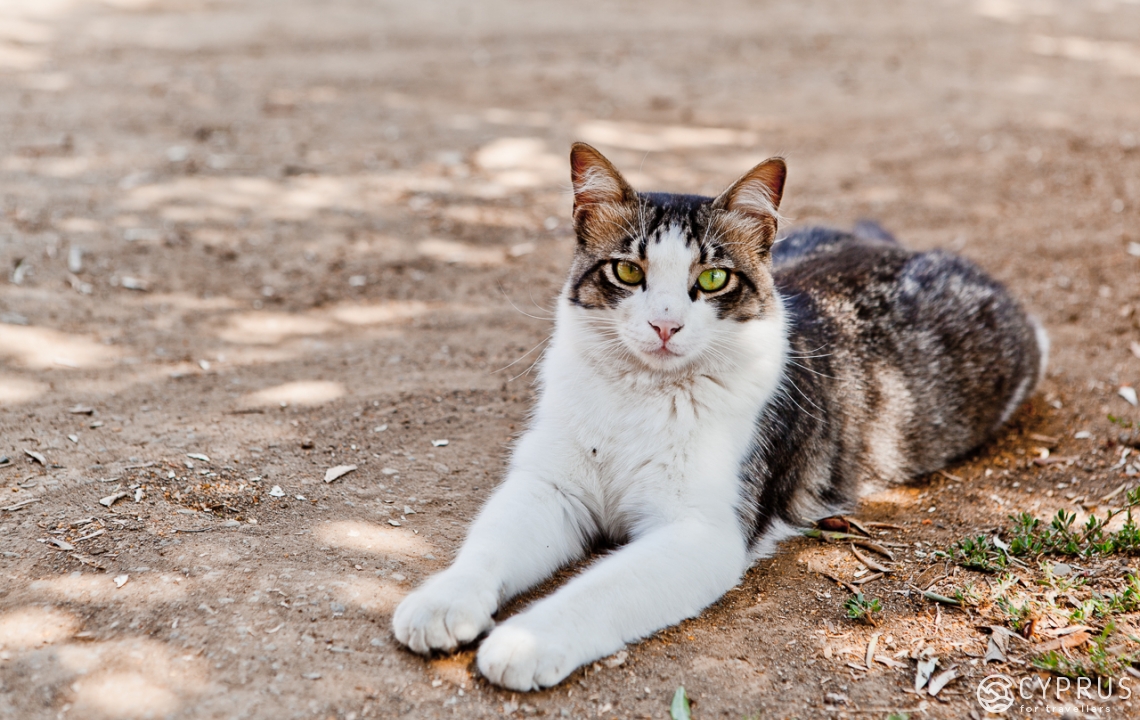
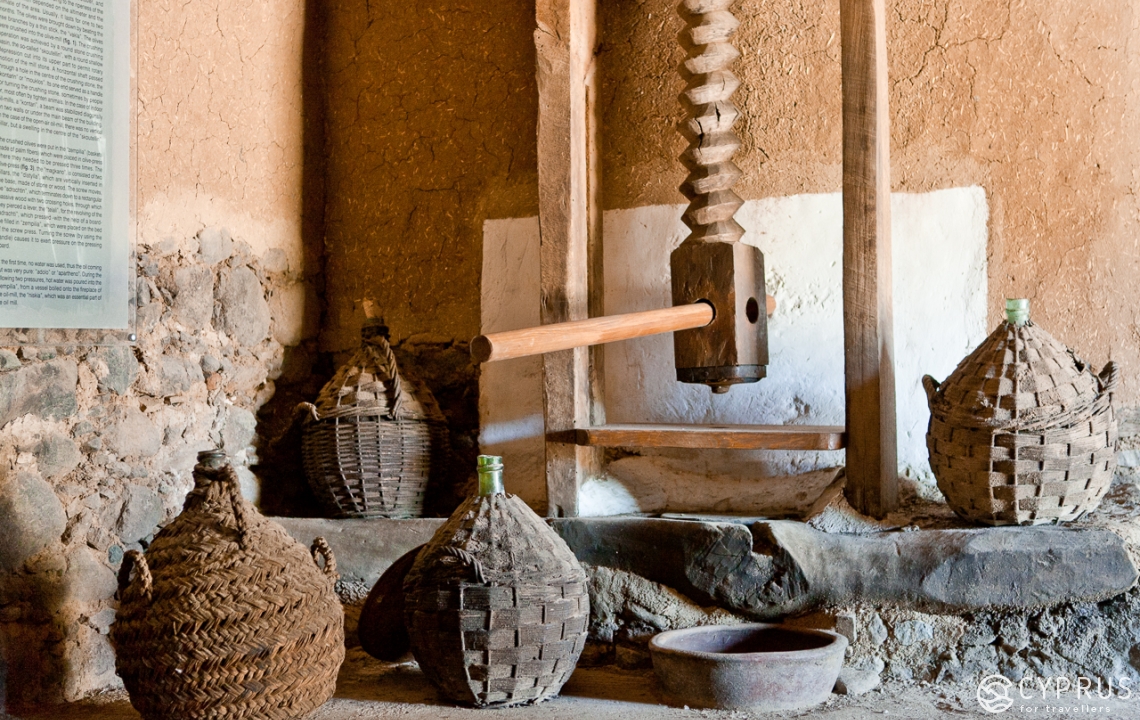
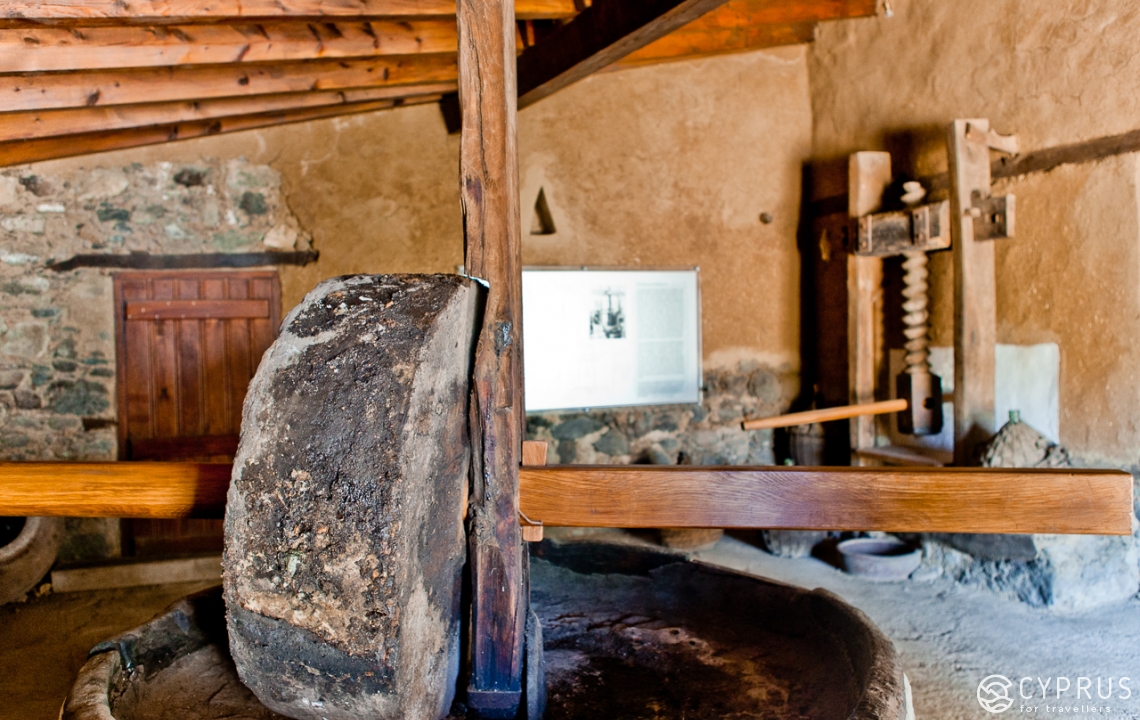
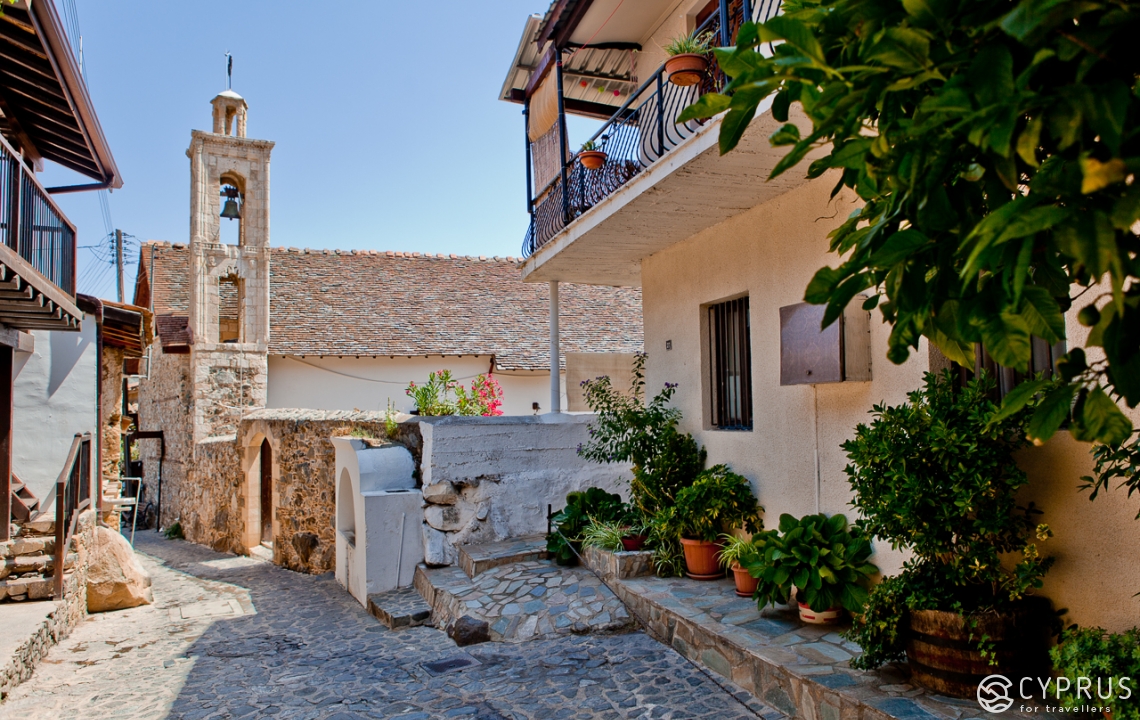
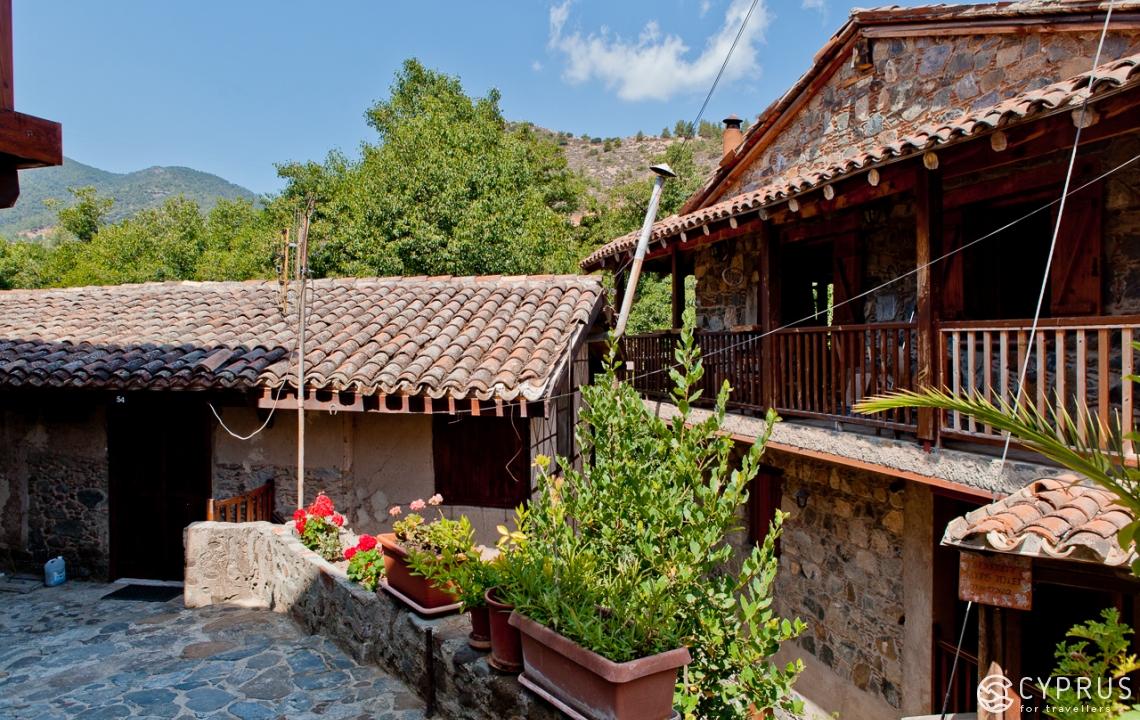
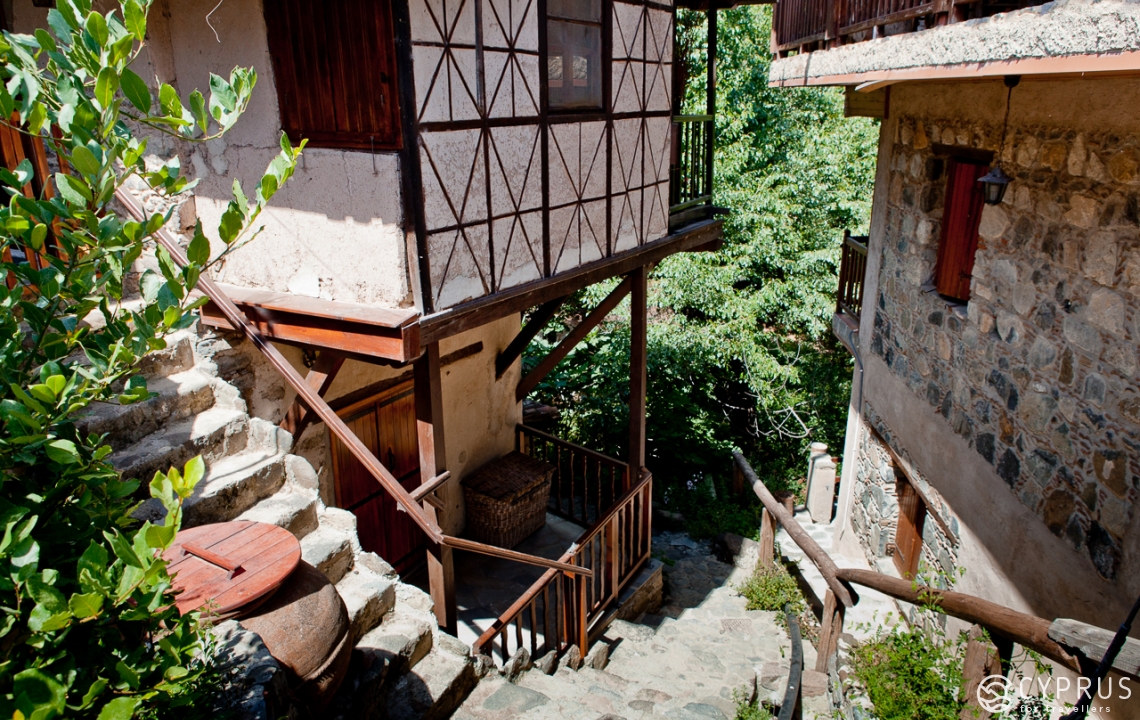
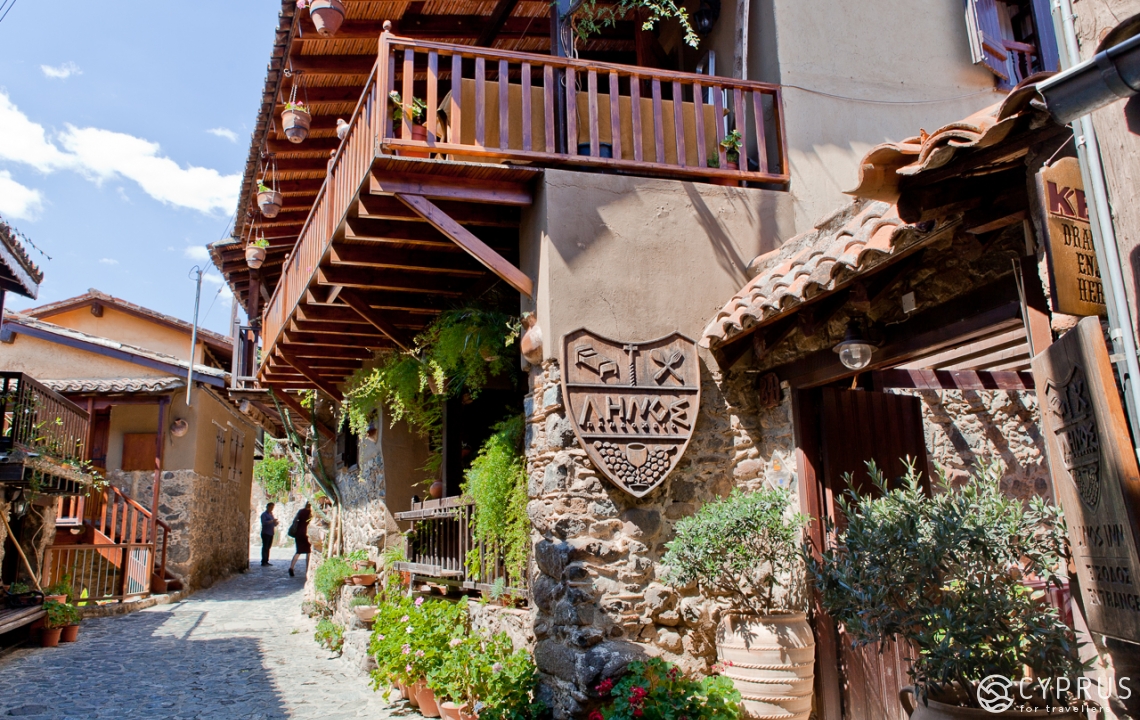
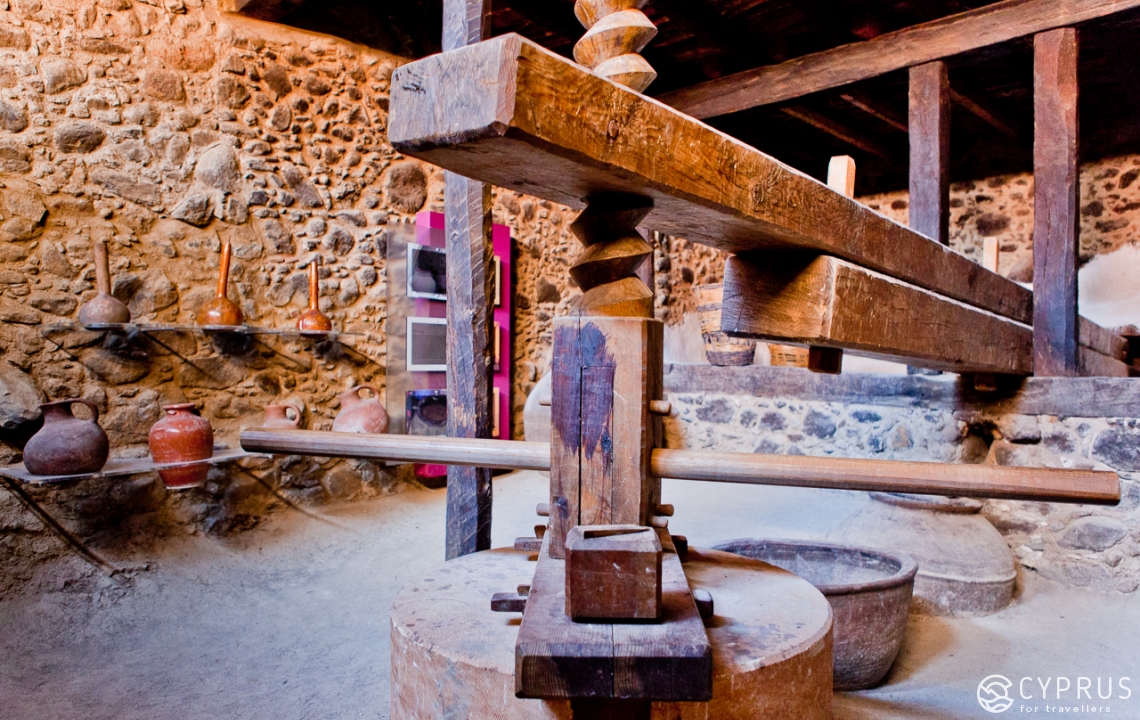
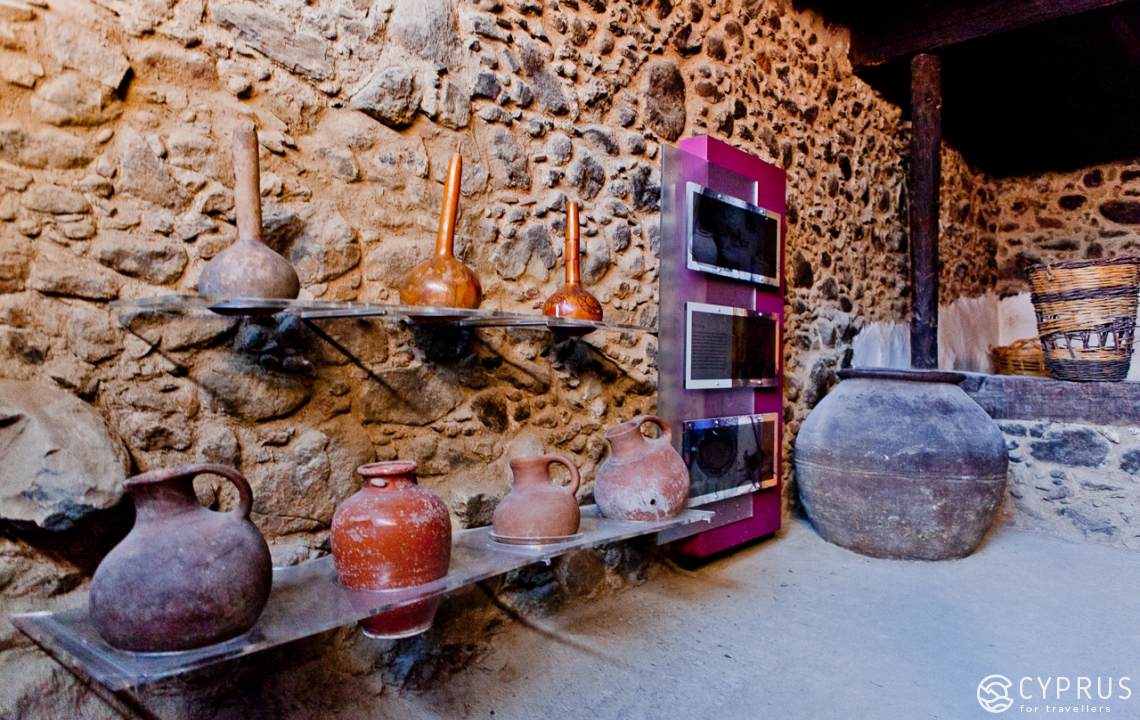
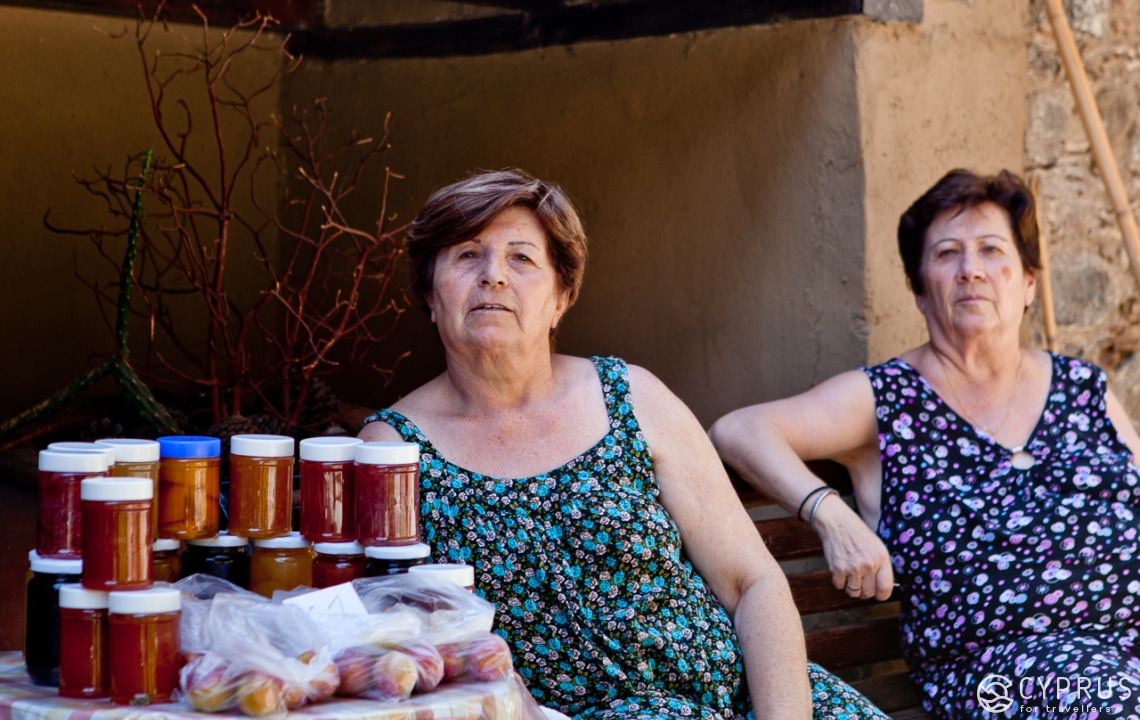
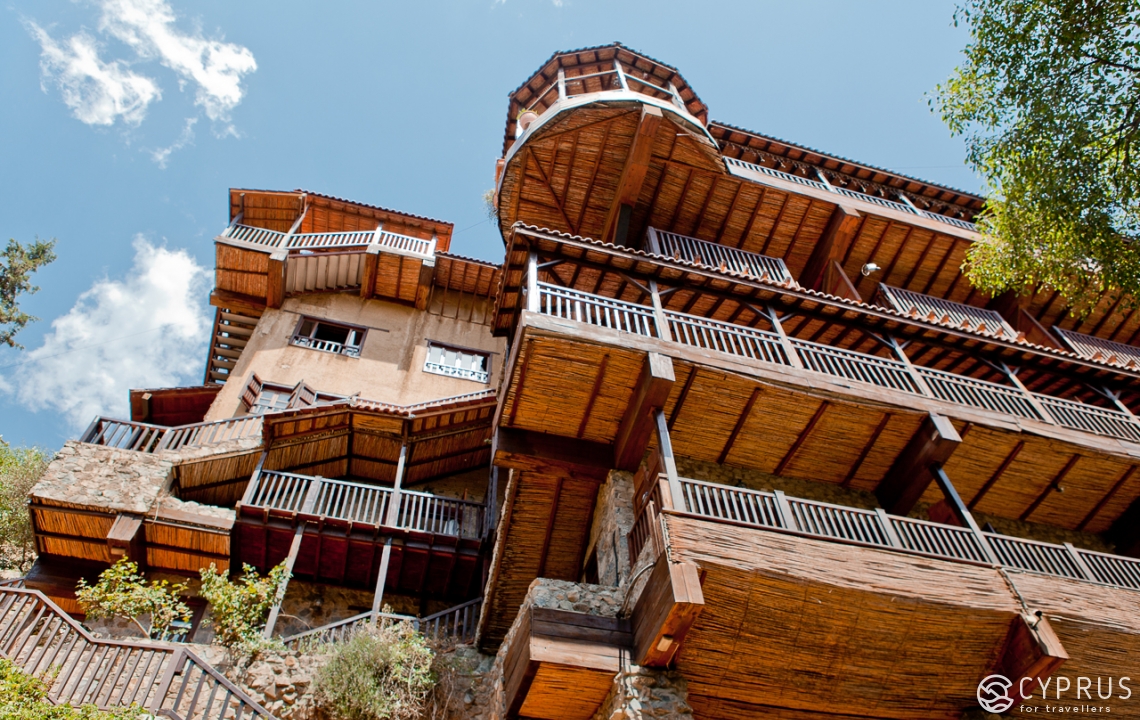
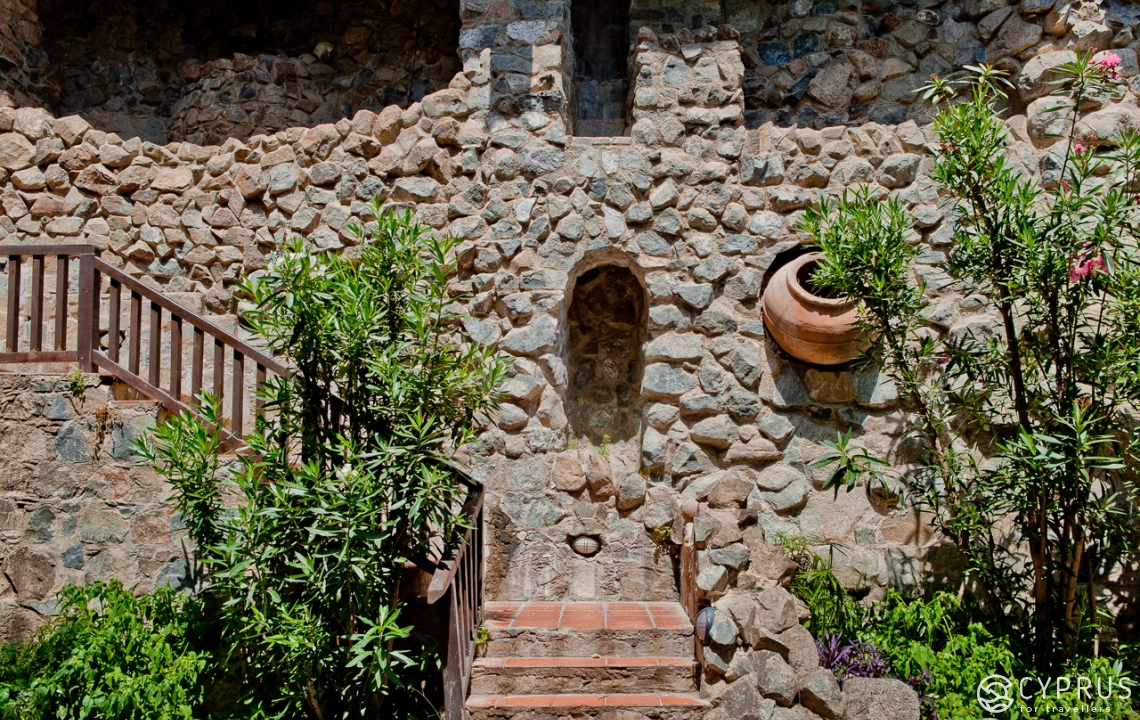
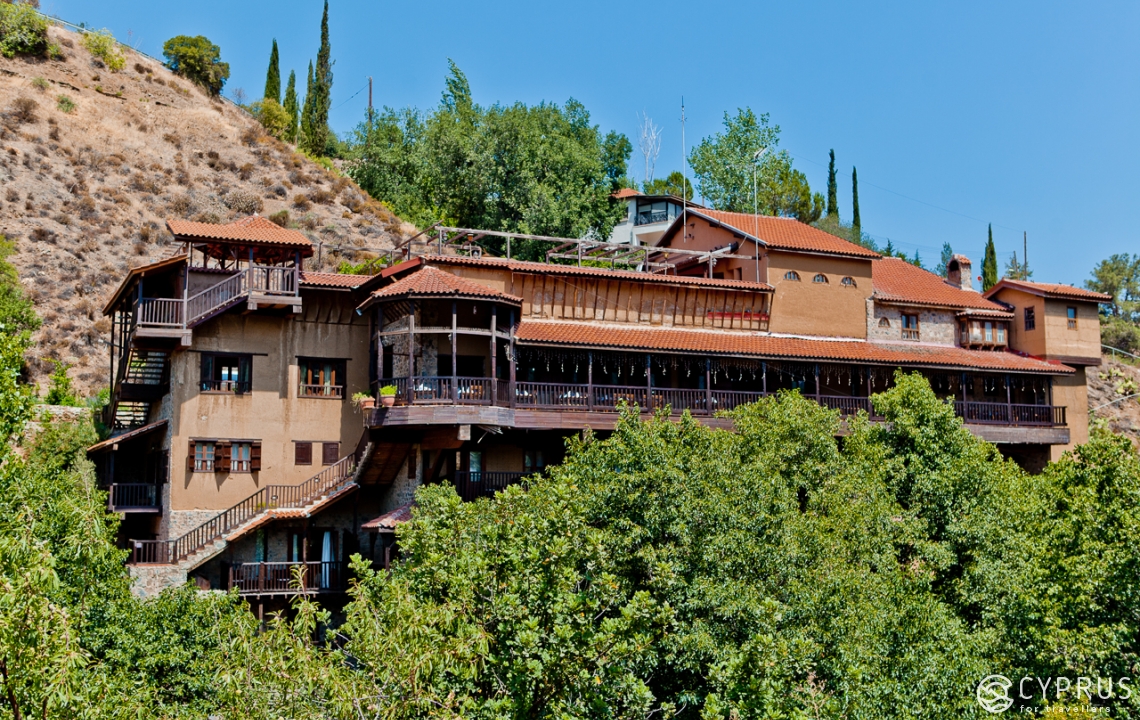
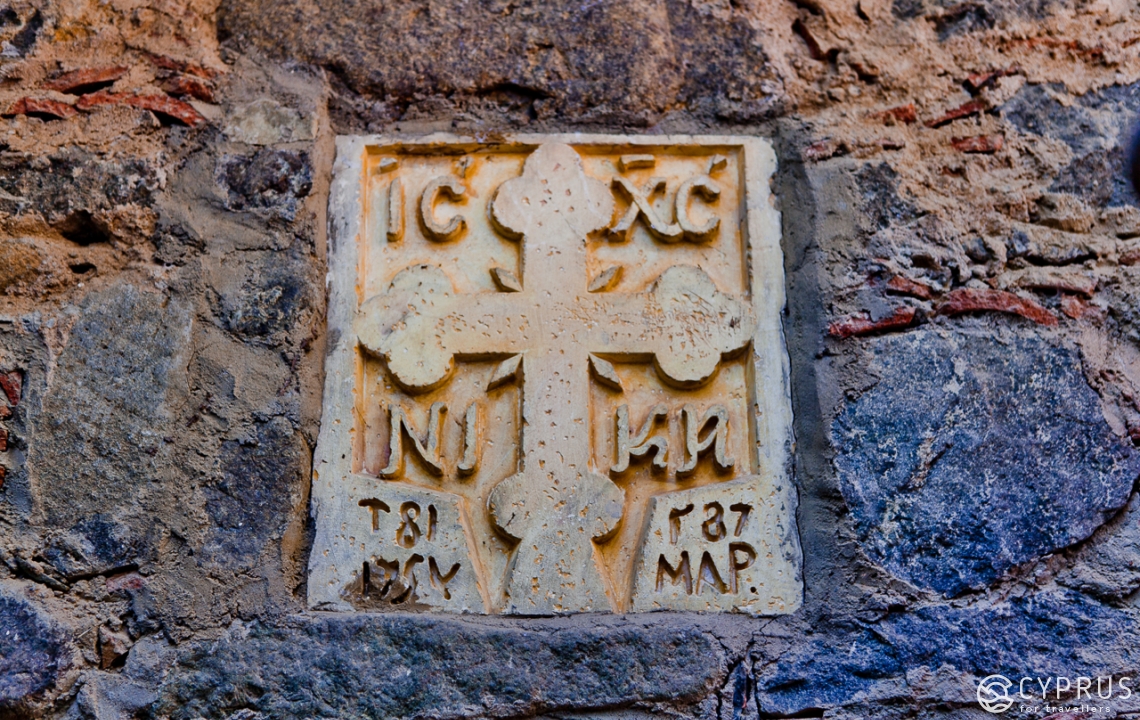
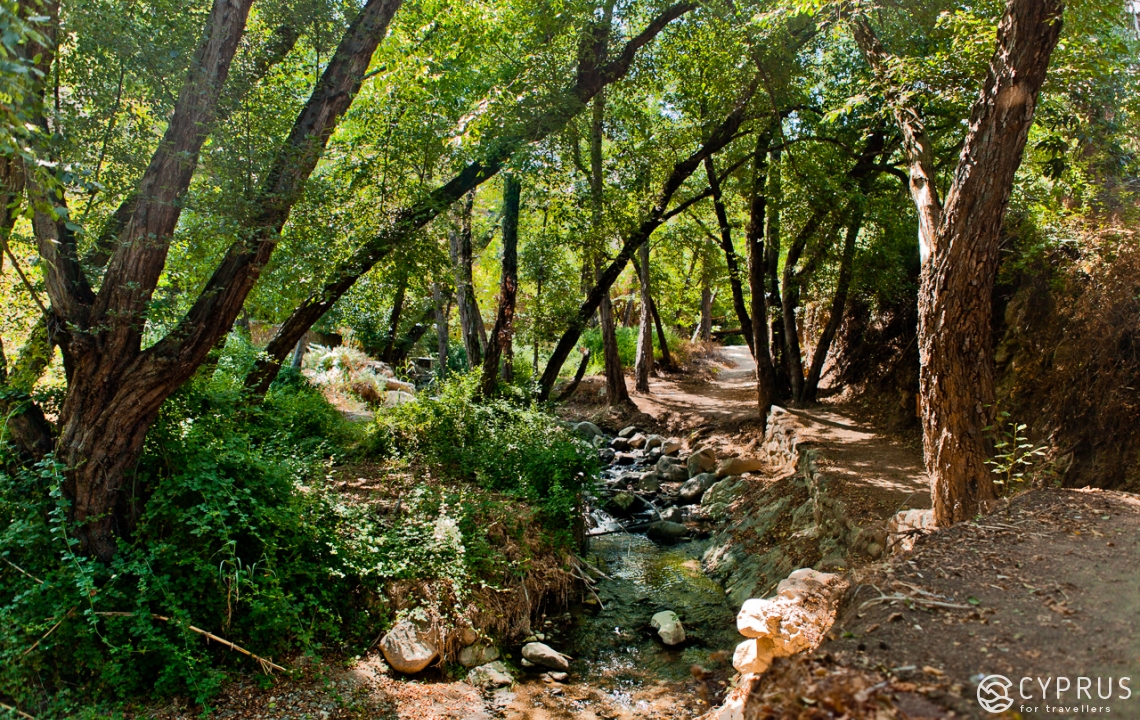
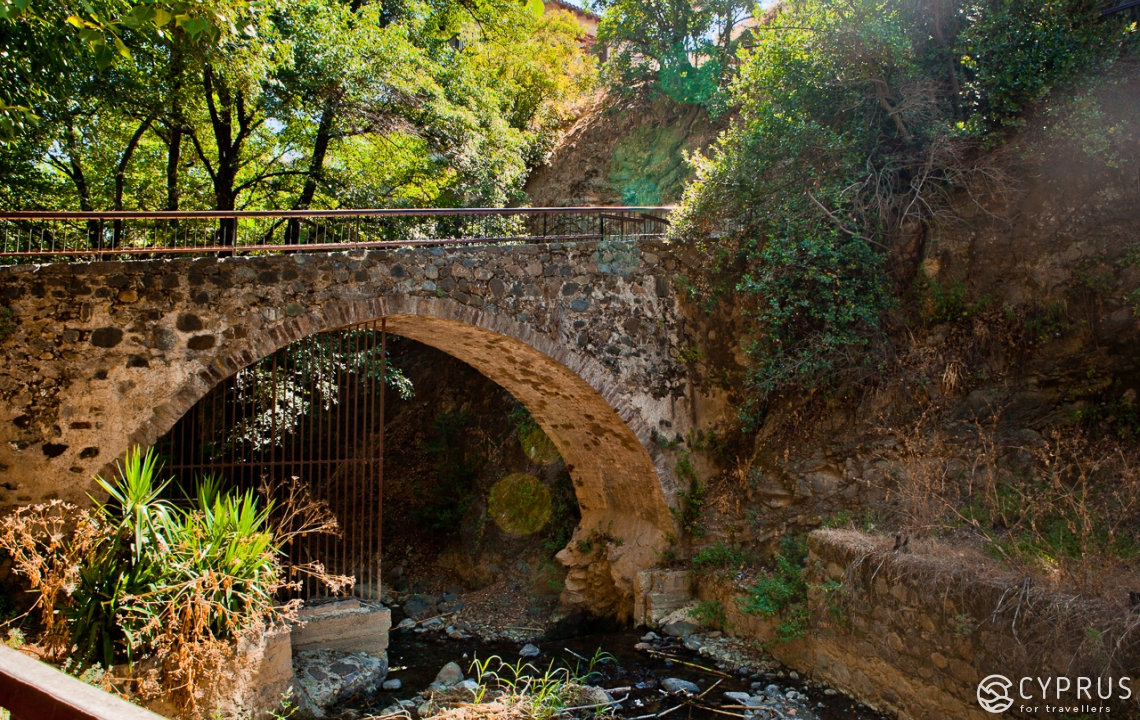
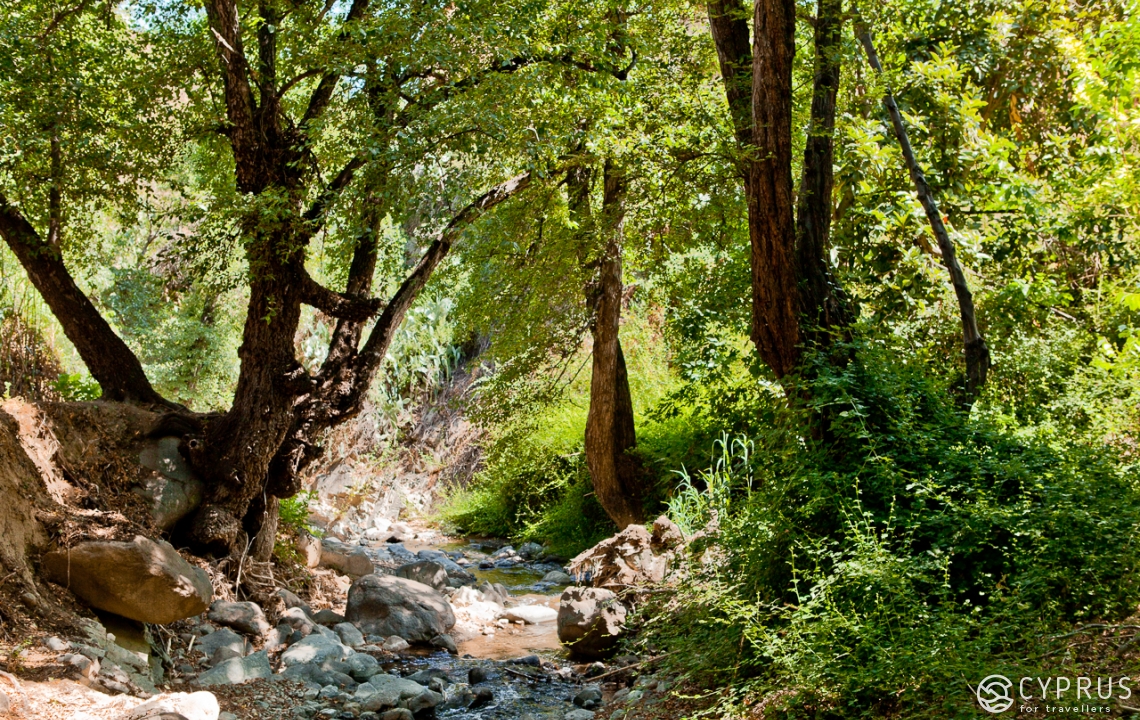
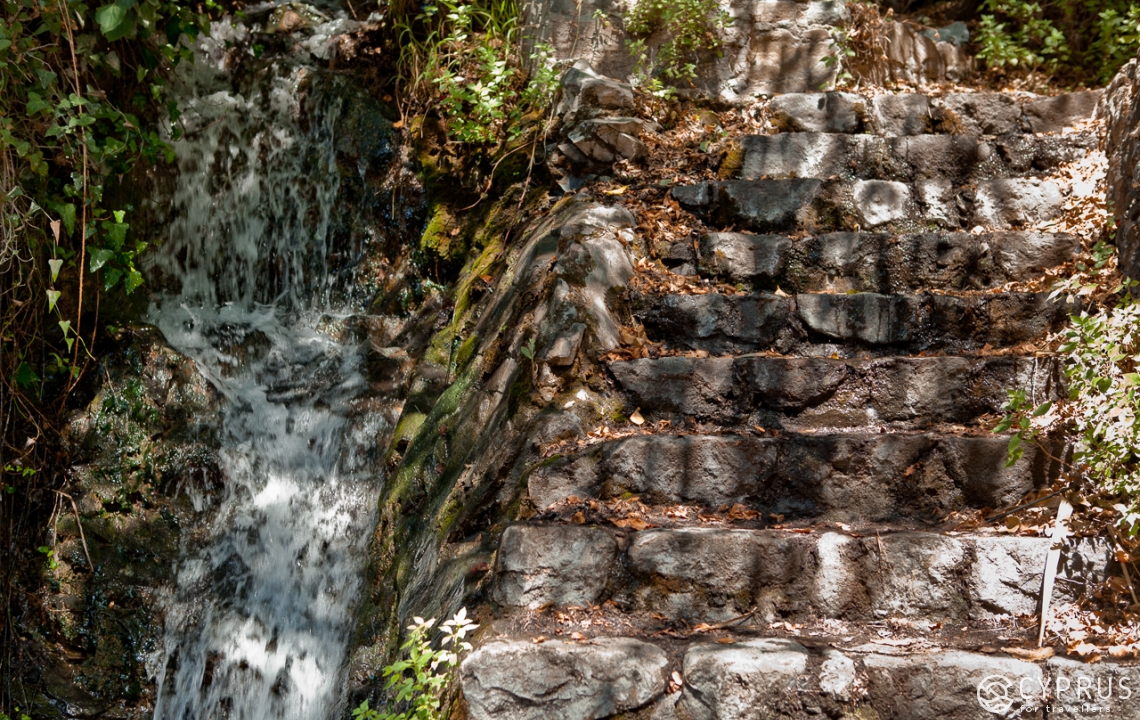
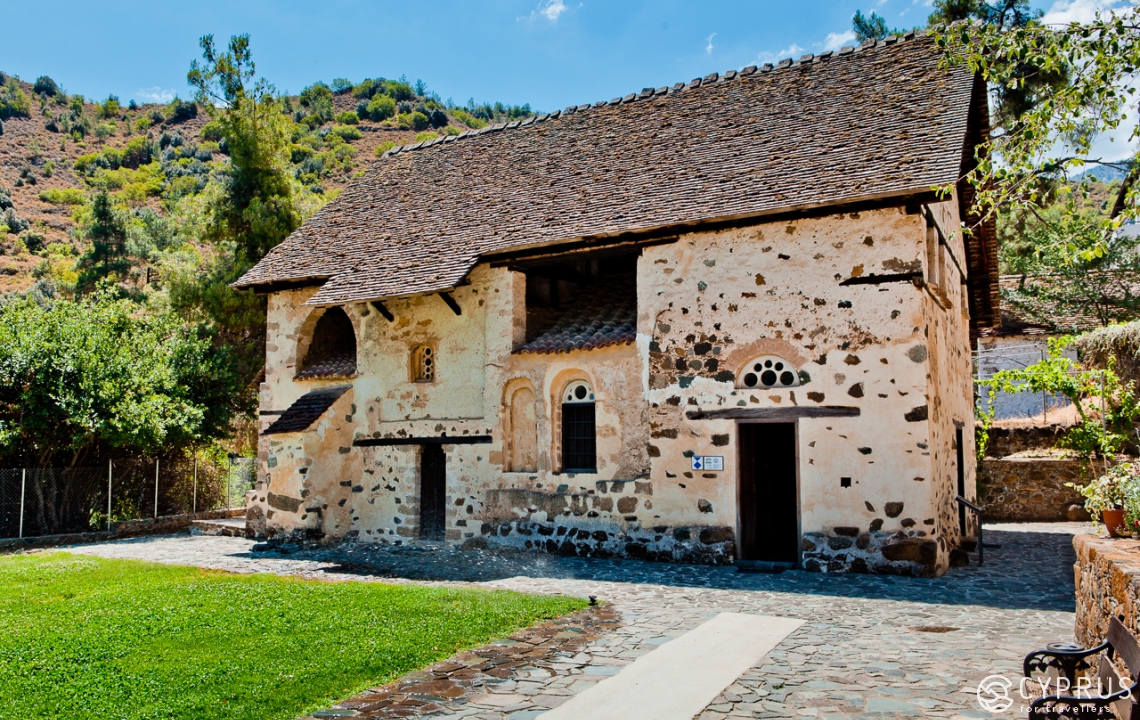
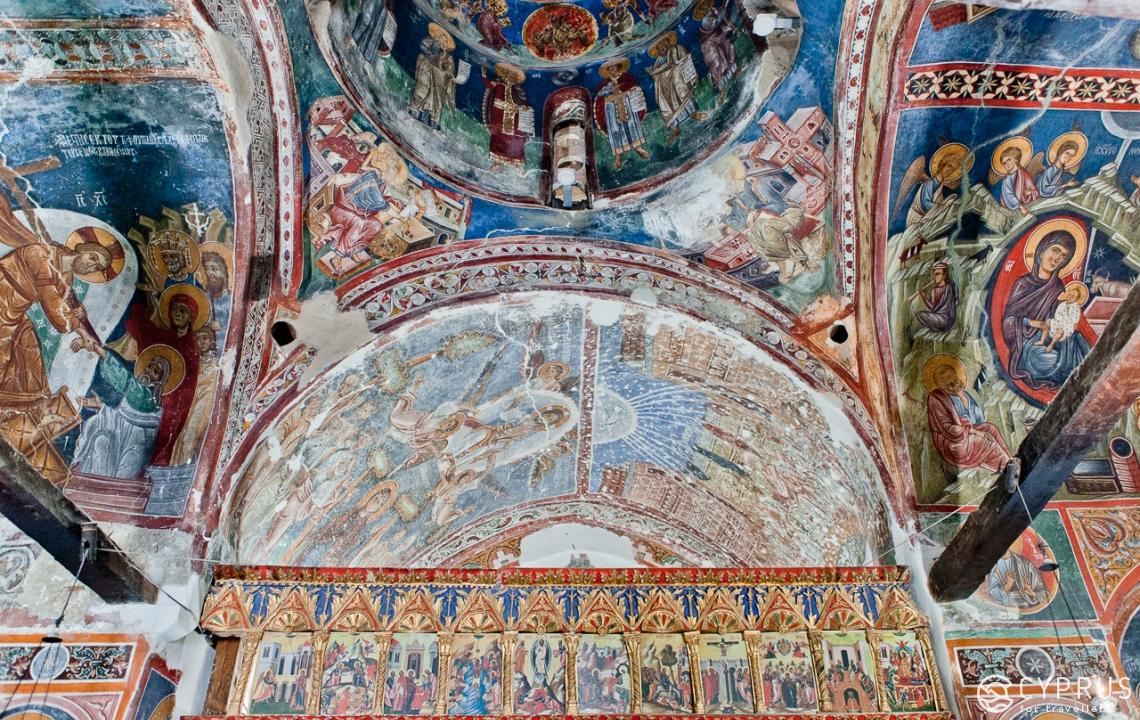
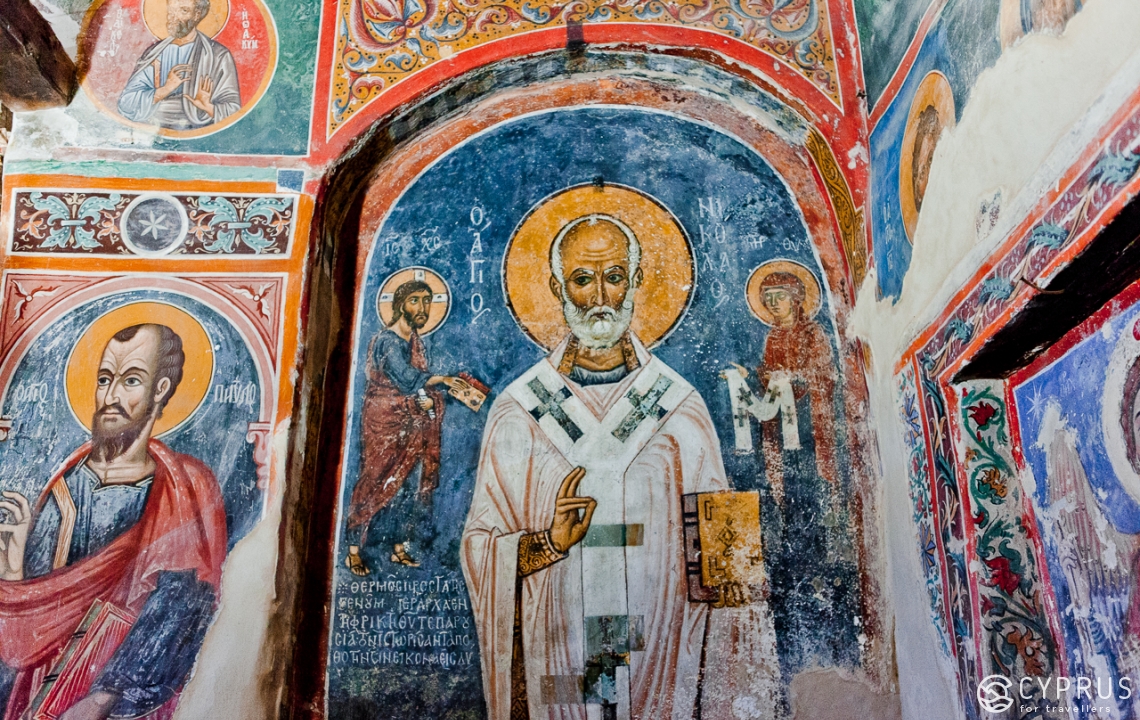
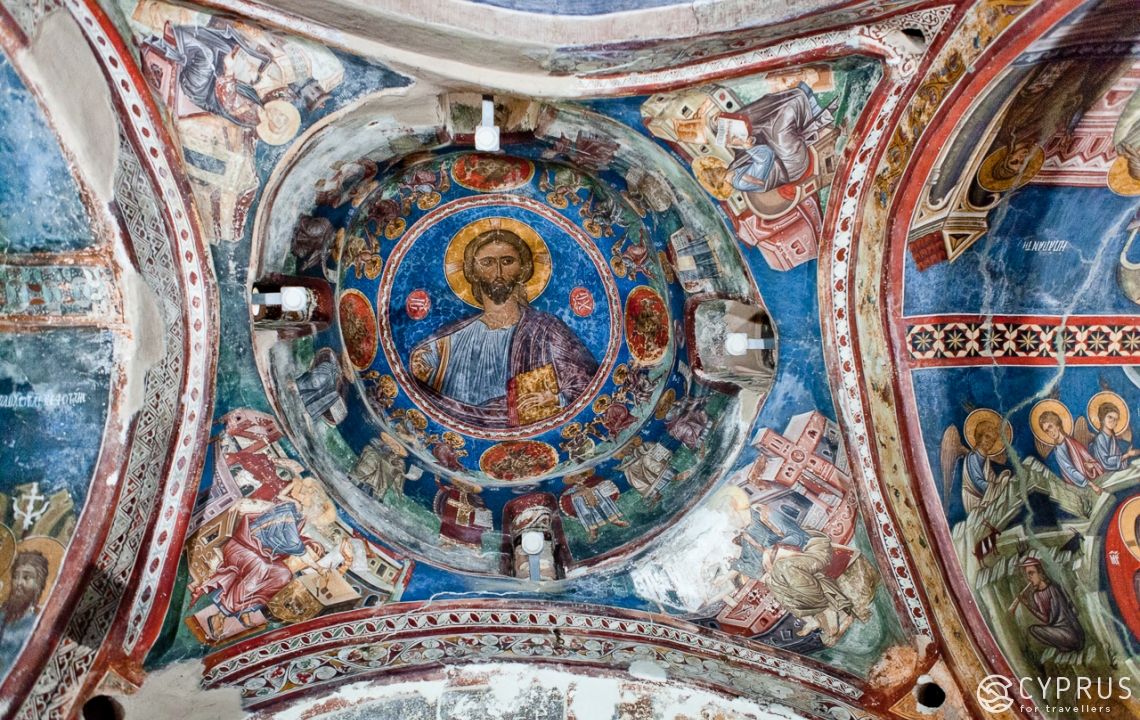
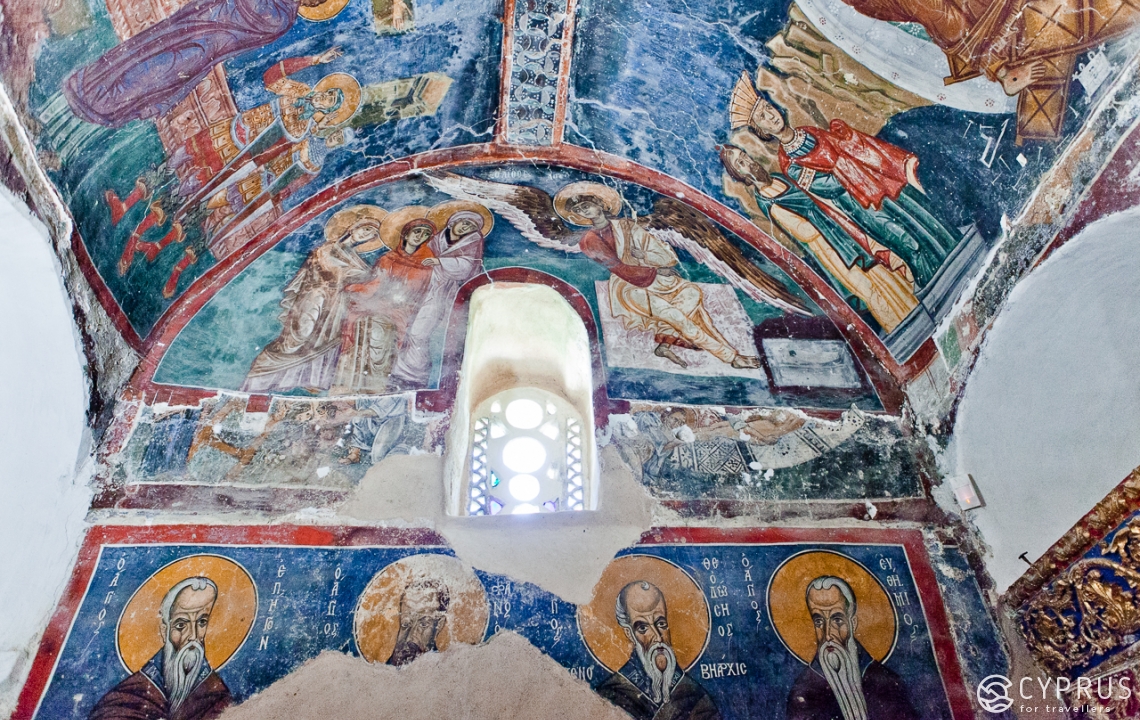
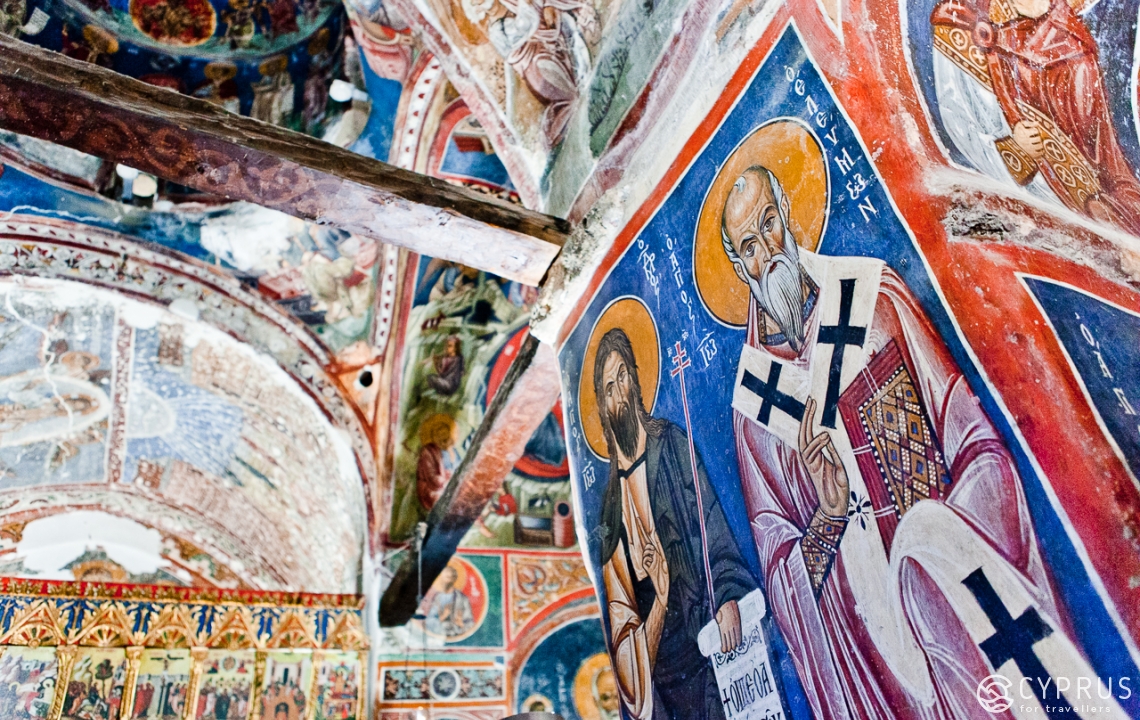
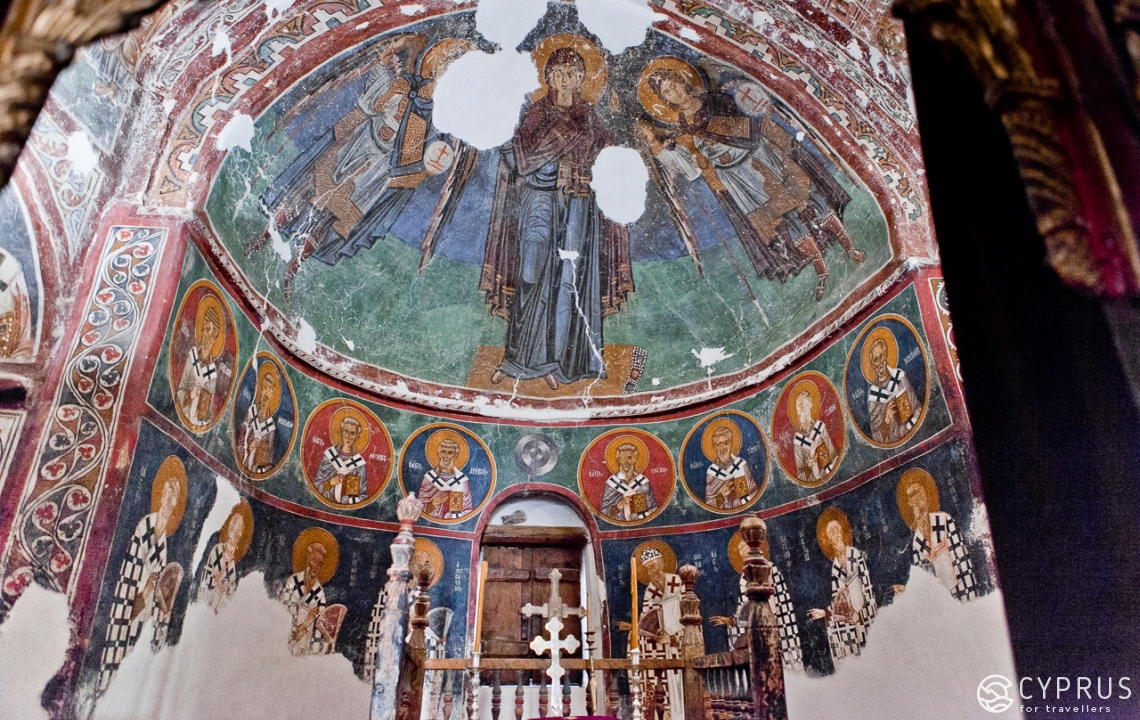
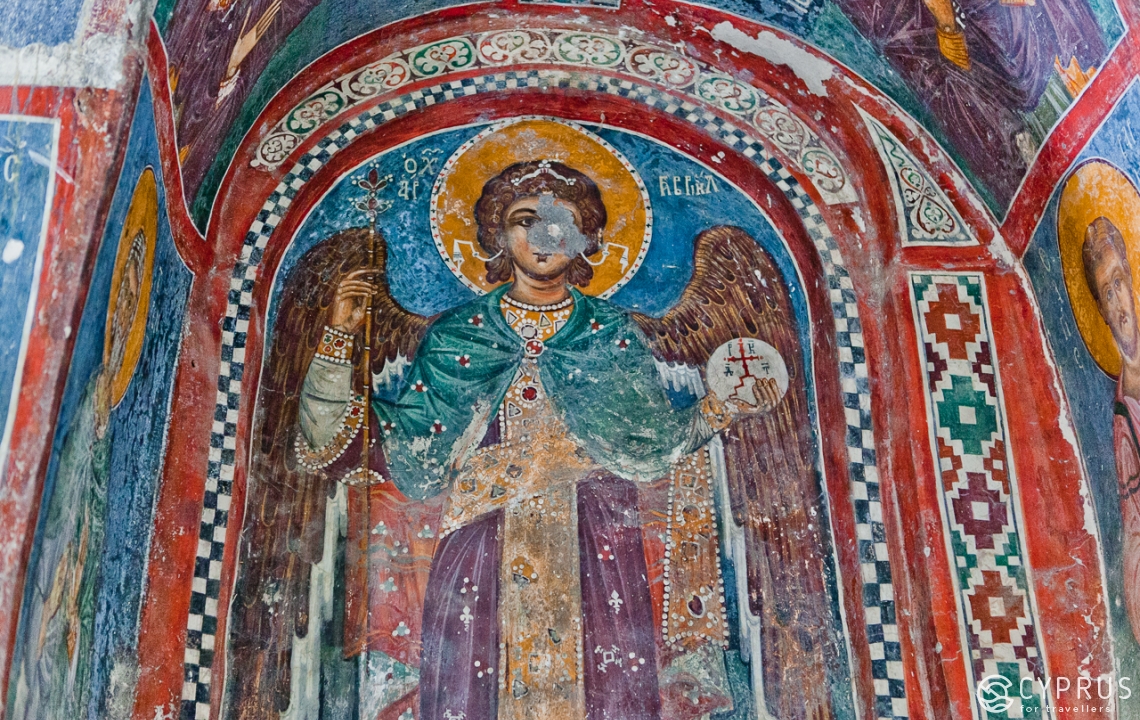
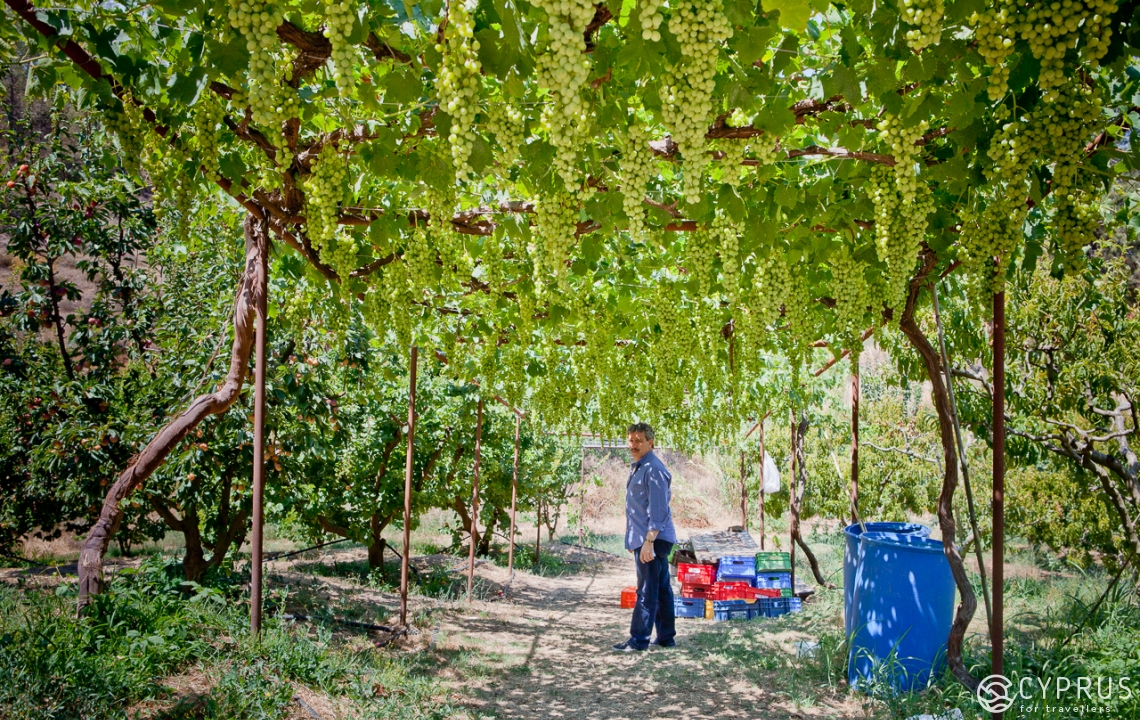
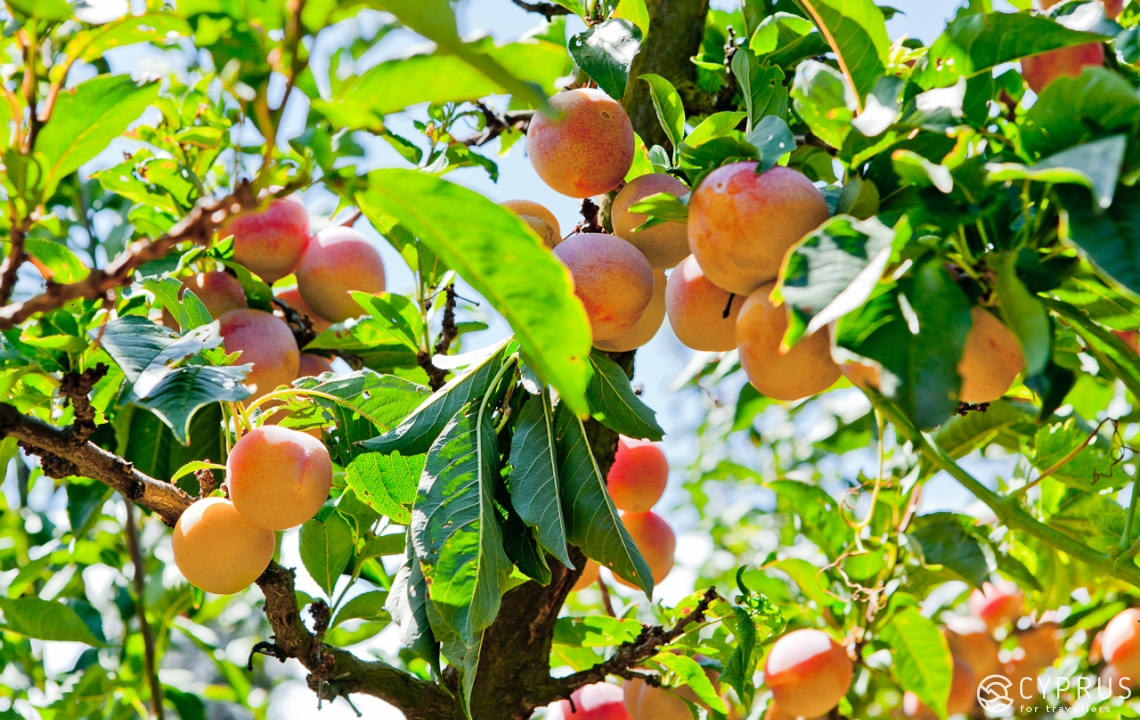
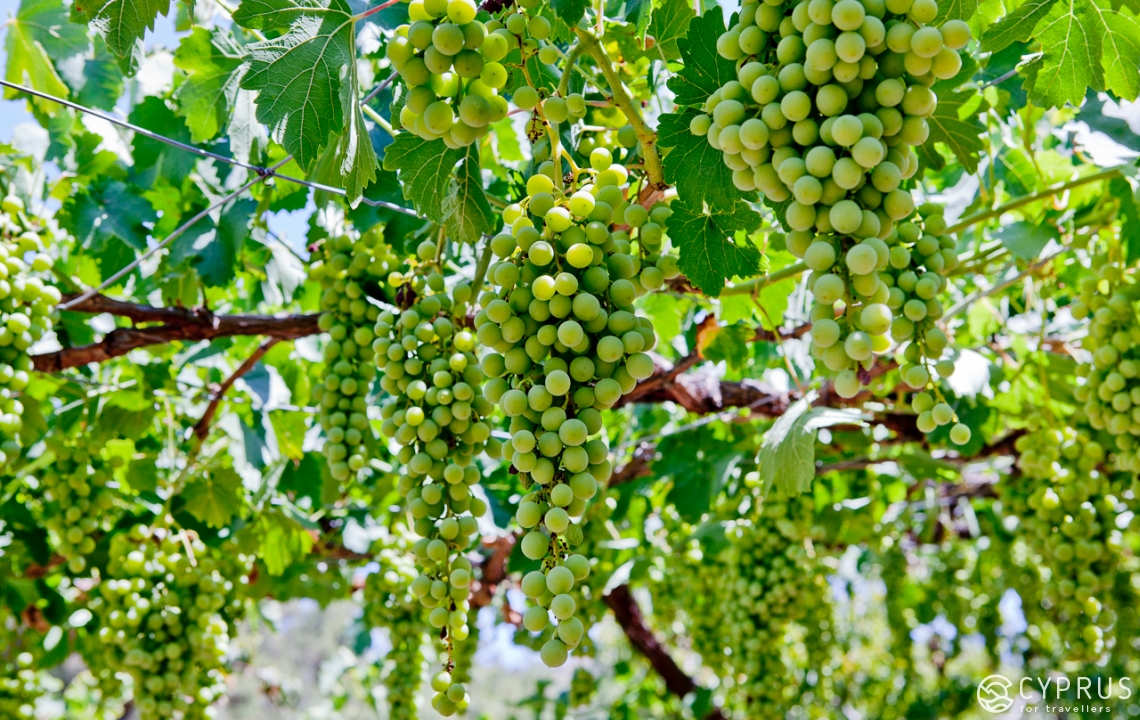
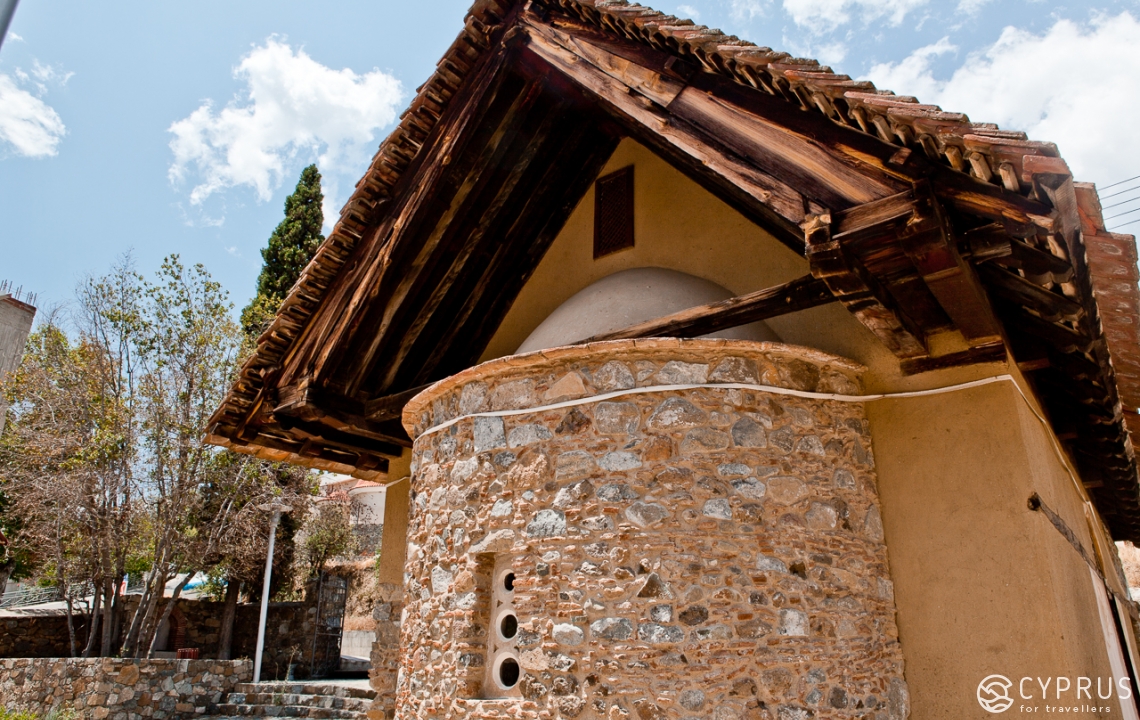
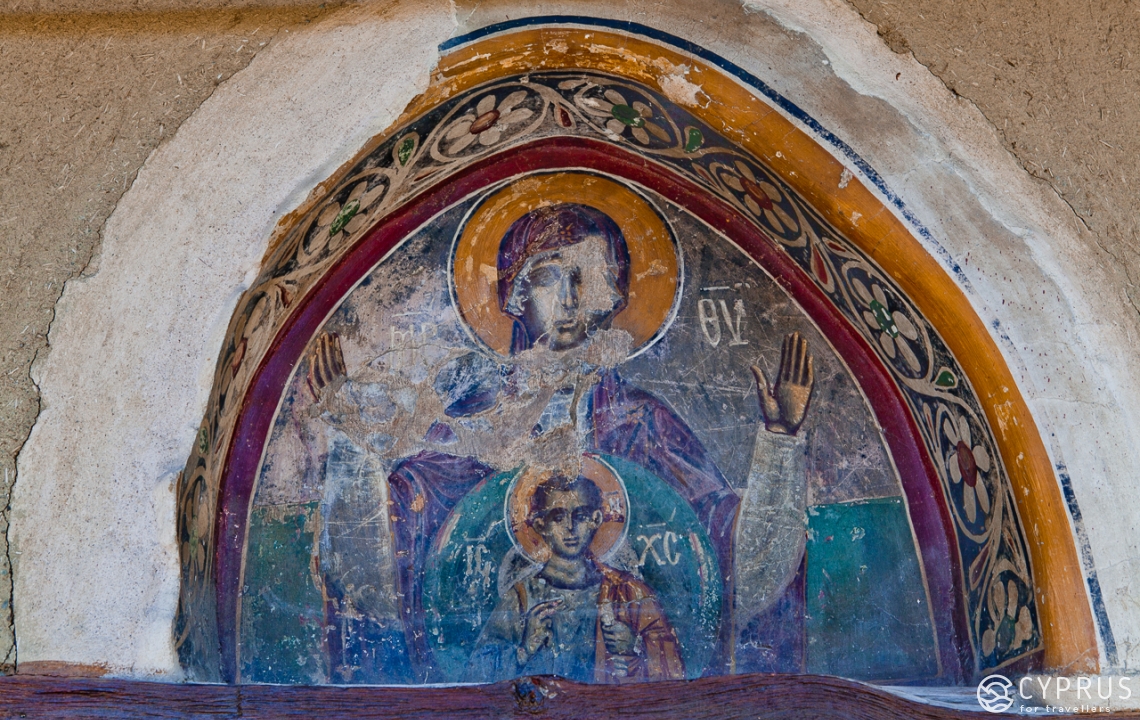
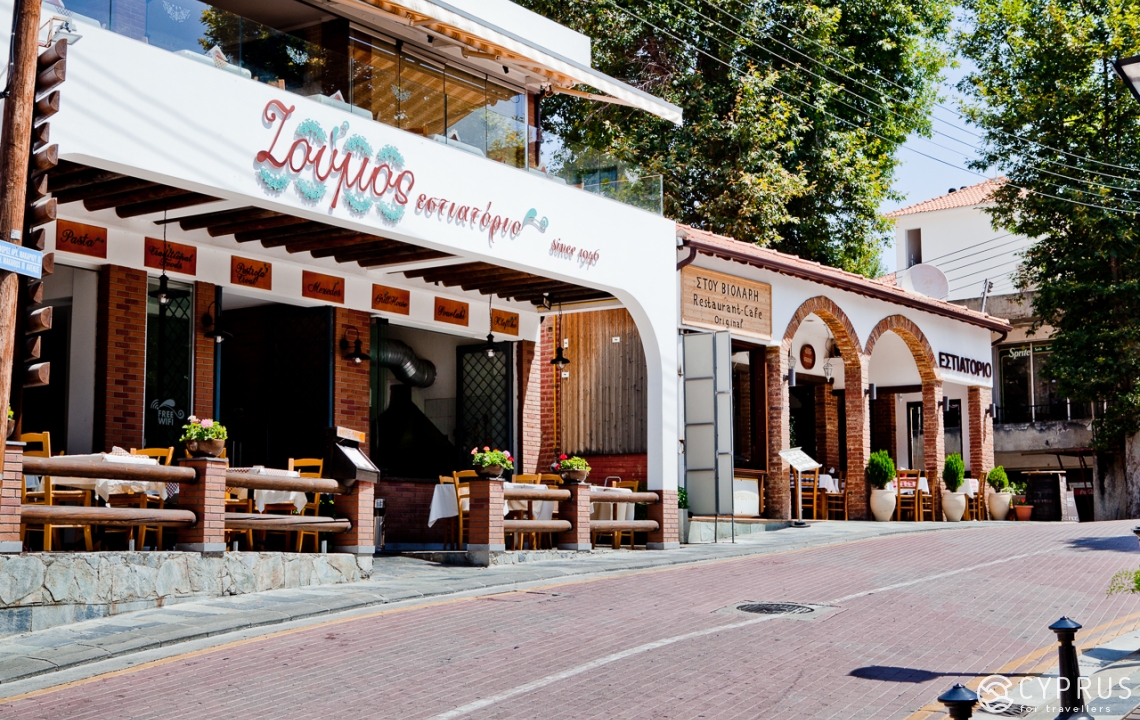
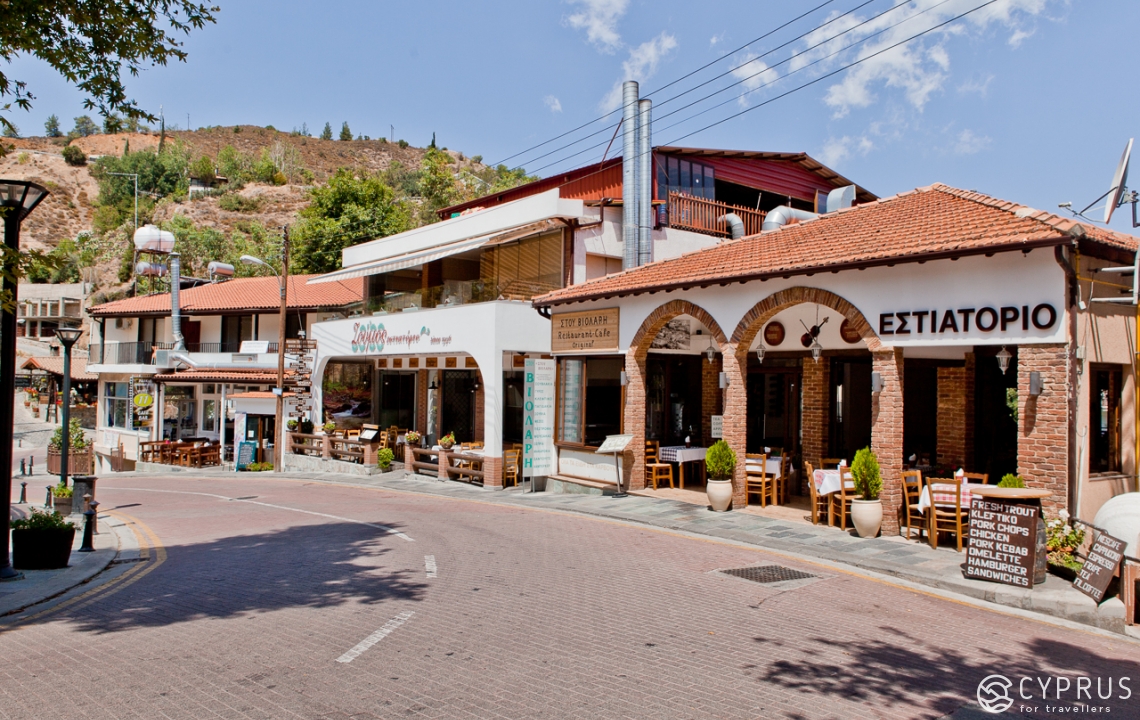
Kakopetria village can be considered large (about 1200 residents). It is located between Nicosia and Limassol, almost the same distance from both cities, which makes it a convenient destination to travel to. With its mountain village status (600 meters above the sea level) it is one of the most popular places in the Solea valley. Kargotis and Garillis Rivers beautifully meet in the village, adding to the list of its remarkable features.
The historical district of the village has everything that people love in a traditional Cypriot village: authentic buildings made of stone, a winemaking museum and an olive oil production museum (both feature original equipment), and several old churches.
Besides, the village offers a scenic hiking trail following a mountain river and a visit to an old power plant. Be sure to try pestrofa trout and buy rose marmalade and other sweets that the residents make and sell in the streets.
5
Avgorou village
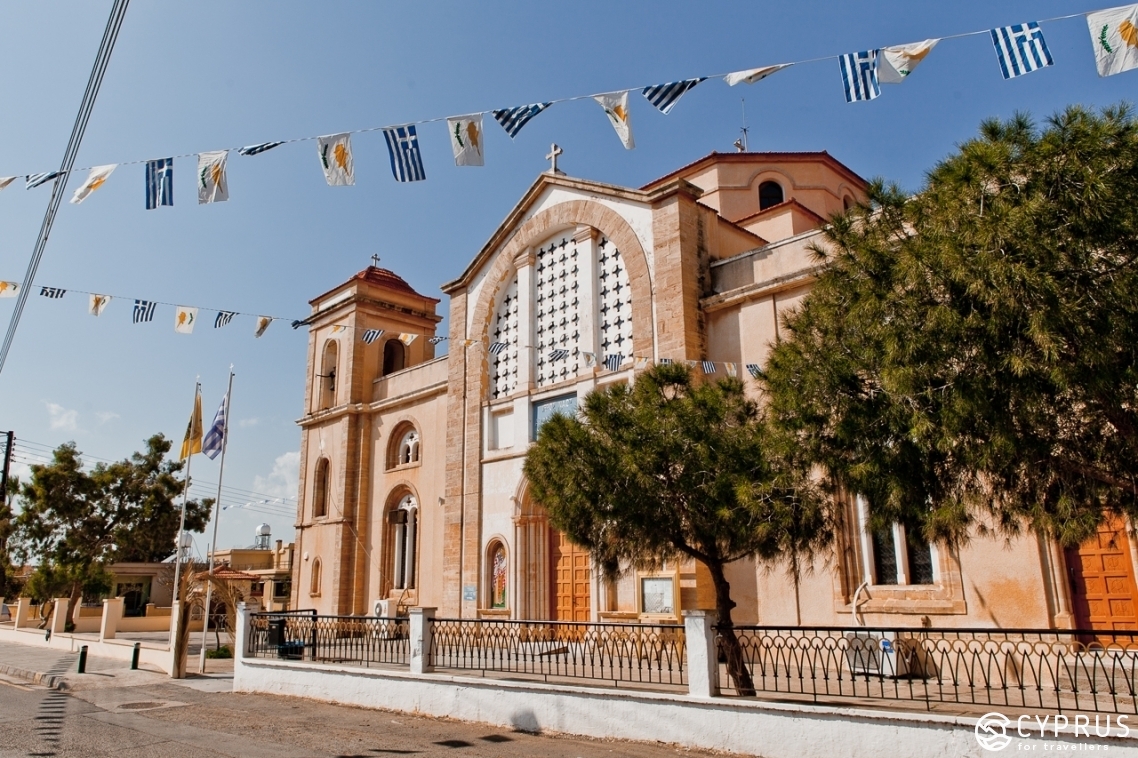
Avgorou village is one of the largest in Famagusta district: from 4500 to 5500 people live here. Their main occupation is agriculture: the thing is, that Avgorou is known for its extremely fertile dark-red soil perfect for cultivating potatoes, carrots, barley, olive trees, and some types of fruit trees.
The Cyherbia botanical garden located next to the village is definitely a must-see. Here, you can expand your knowledge of Cypriot plants, walk through nine themed mini-parks, enjoy the view from the observation deck, and buy local eco products.
Other places of interest within the village include the church of Saint Apostles Peter and Paul and the Agios Georgios cathedral built in Byzantine style.

